Toyota Land Cruiser FJ Revealed, It’s A Baby LC 9:22 AM (12 hours ago)
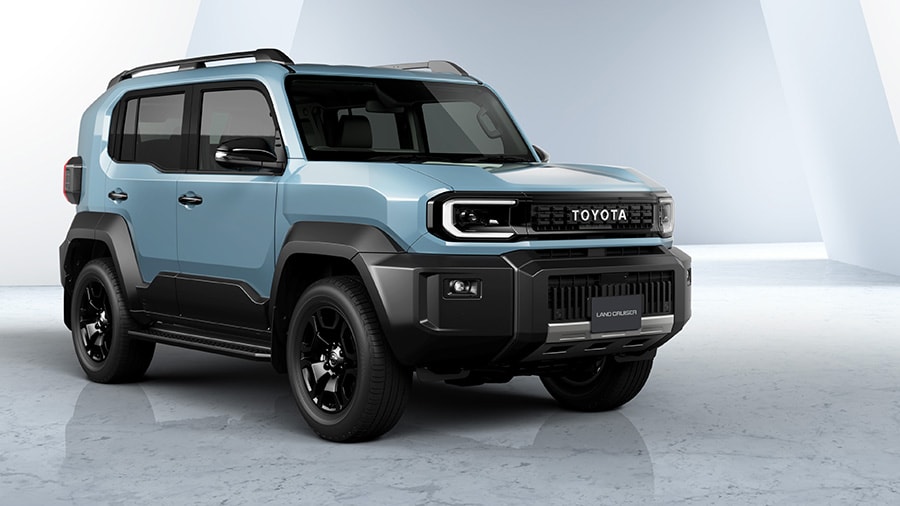
Toyota has once again tapped into its legendary off-road heritage with the global unveiling of the all-new Land Cruiser FJ, a rugged, compact SUV that blends nostalgia with modern capability. Revealed in Japan ahead of its official debut at the Japan Mobility Show 2025, the FJ is slated for launch in its home market around mid-2026, before likely making its way to global markets.
The Land Cruiser story began in 1951 with the Toyota BJ — the first vehicle to climb to the sixth station of Mount Fuji. Over seven decades later, the Land Cruiser nameplate has become synonymous with reliability, endurance, and go-anywhere confidence, selling over 12 million units across 190 countries. With the new FJ, Toyota aims to rekindle that same spirit of “Freedom & Joy” for a new generation of explorers.
The design of the Land Cruiser FJ pays homage to the past while looking ahead. It sports a boxy silhouette with chamfered edges, flared fenders, and removable bumpers — all functional touches that nod to its utilitarian roots. The square cabin emphasizes practicality and space, while allowing easy customization, ensuring each FJ can reflect its owner’s personality.
Inside, the cabin combines ruggedness with thoughtful ergonomics. A horizontal dashboard layout improves visibility, especially on tricky terrain, while intuitive controls and a well-positioned shift lever enhance the driving experience. Toyota has equipped the FJ with Safety Sense, the brand’s latest suite of active safety technologies, ensuring confidence both on and off the road.
Under the hood lies a familiar workhorse — a 2.7-litre petrol engine (163 PS, 246 Nm) paired with a 6-speed automatic gearbox and part-time four-wheel-drive system. Built on a platform refined from Toyota’s IMV series, the FJ offers a shorter wheelbase than the Land Cruiser 250, improving agility and off-road manoeuvrability. A minimum turning radius of 5.5 metres and reinforced body rigidity further enhance its control and stability.
Toyota also showcased a range of customisation options, including round retro headlights, MOLLE panels for outdoor gear, and accessories that amplify the SUV’s adventurous character. Alongside the FJ, Toyota unveiled the Land Hopper, an electric personal mobility concept that fits into the FJ’s boot — designed to take exploration even further.
On a personal note, I really hope Toyota launches the Land Cruiser FJ in India as well. Seeing the success of the Fortuner and LC300, I am 100% confident that this SUV will also do really well and if paired with a diesel engine here, it should give some sleepless nights to other SUVs.

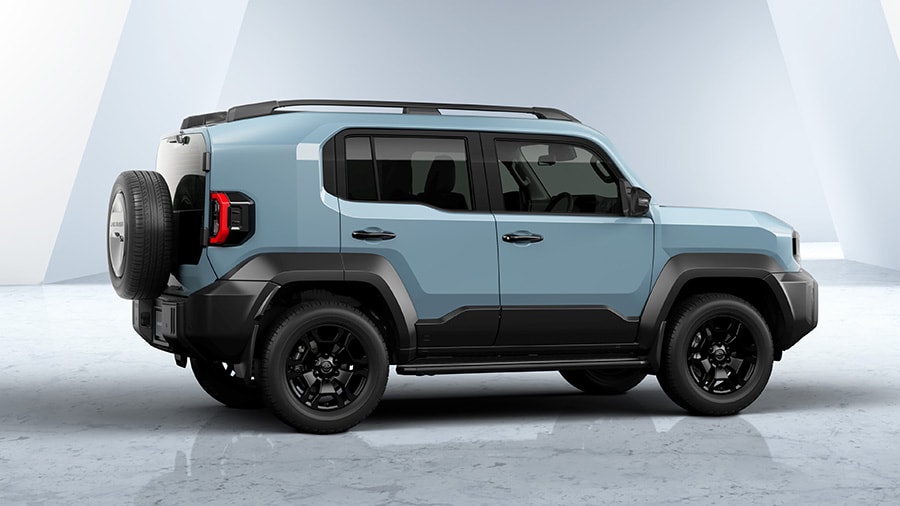
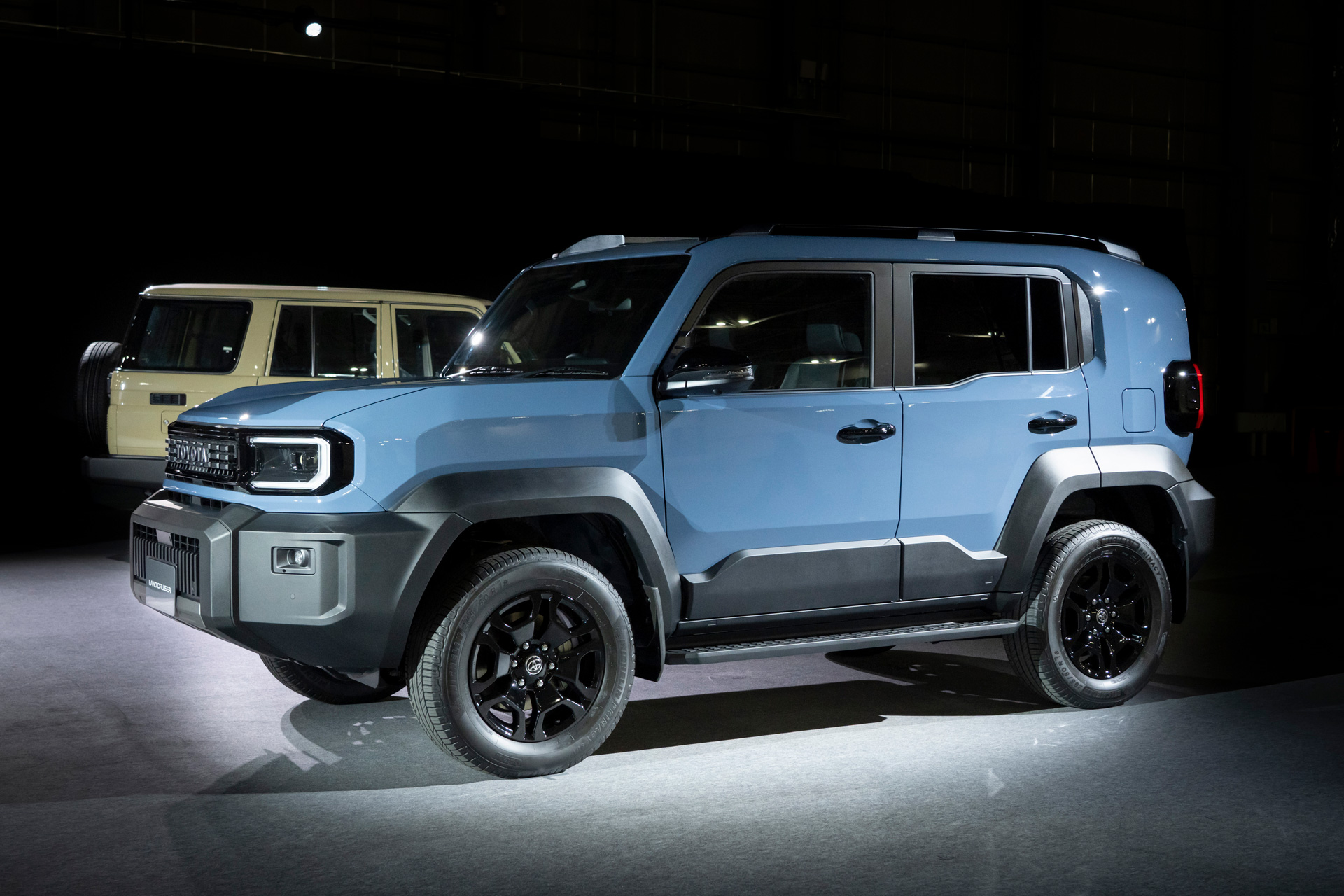
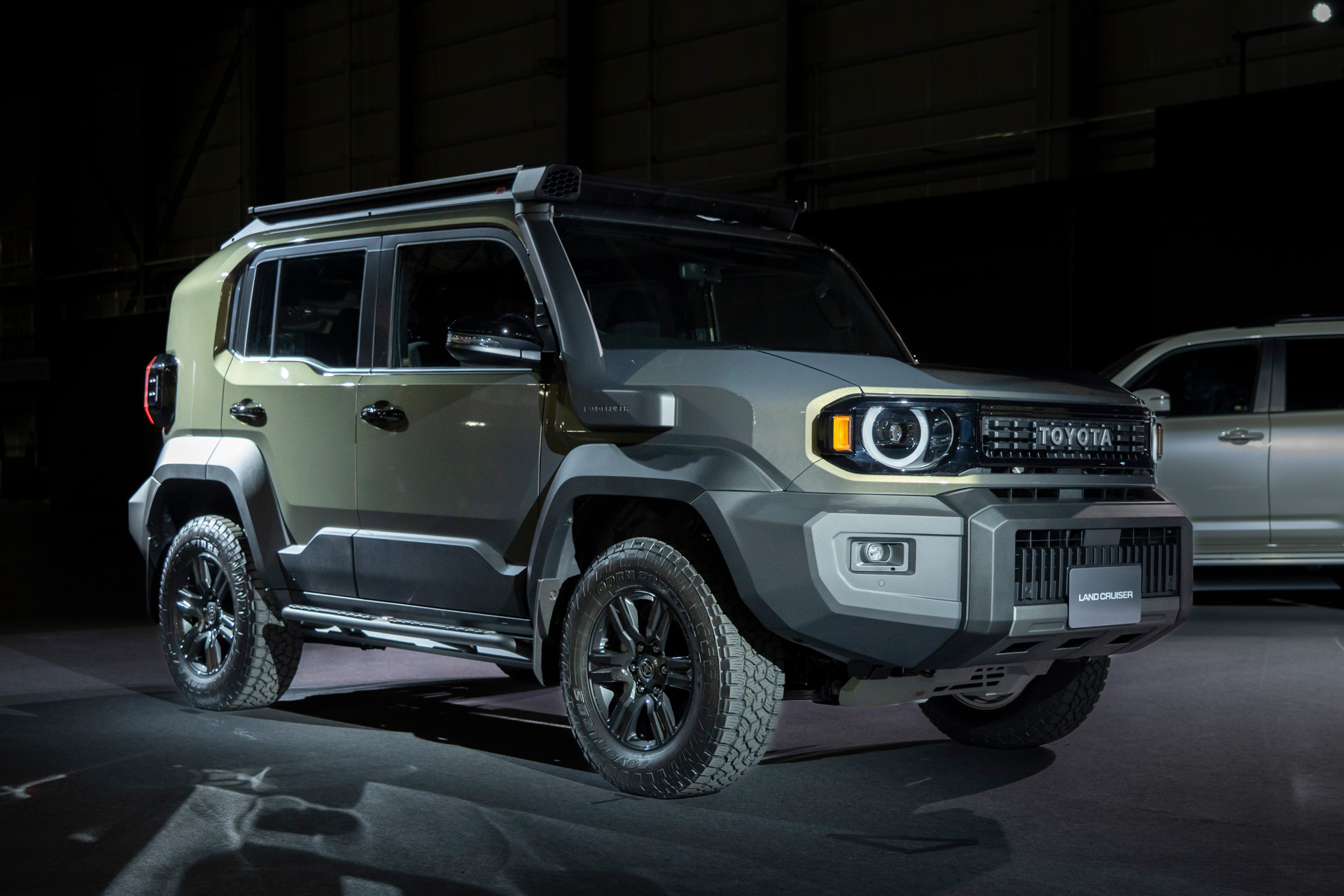
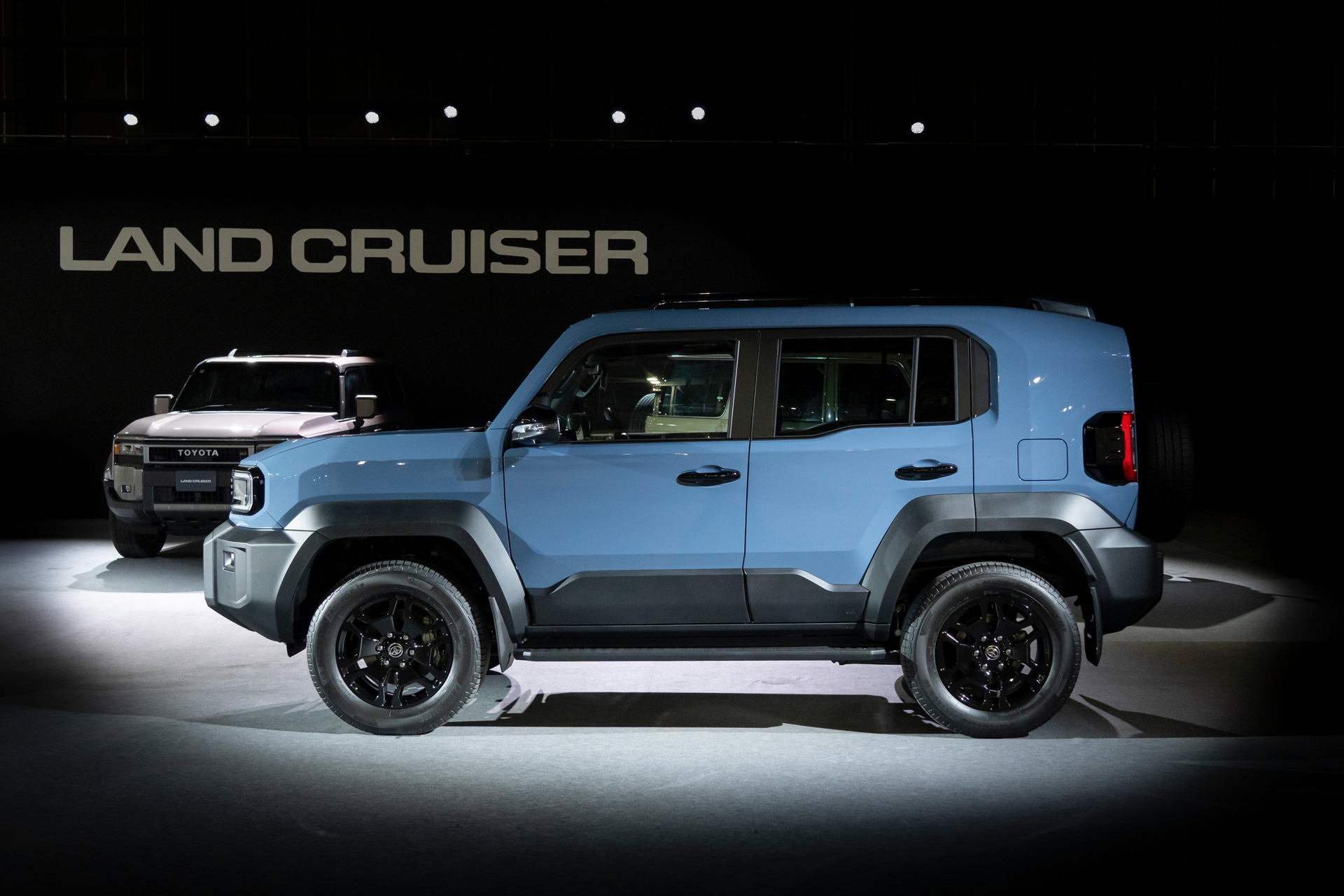
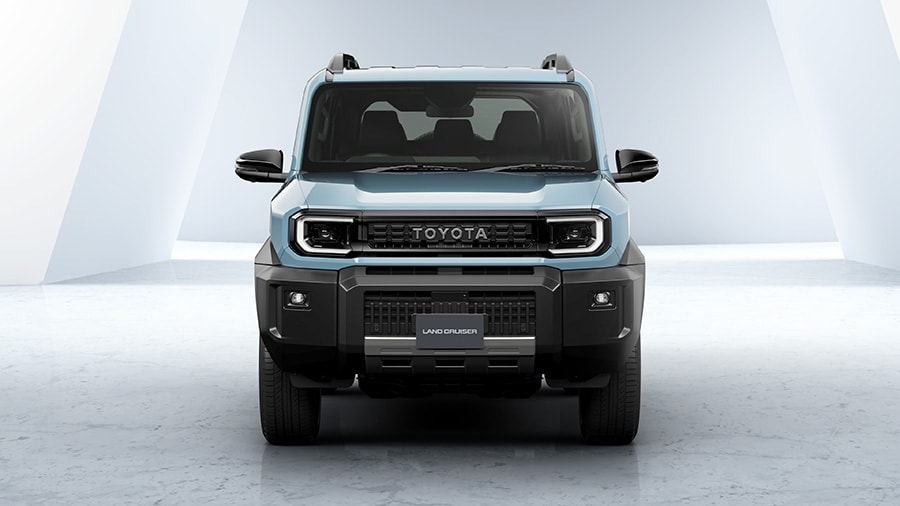
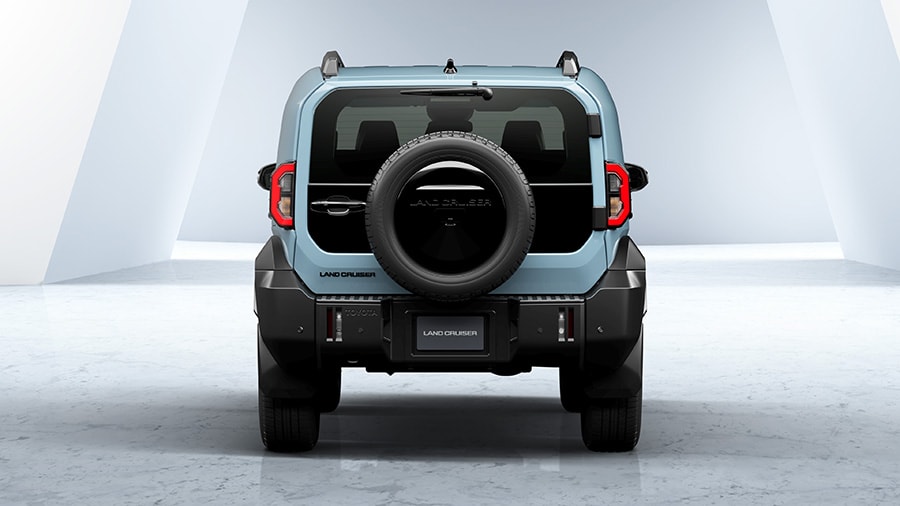

The post Toyota Land Cruiser FJ Revealed, It’s A Baby LC appeared first on MotorBeam.
Kia Carens Clavis EV HTX E Trim Launched, Priced From Rs. 19.99 Lakhs 17 Oct 4:01 AM (4 days ago)
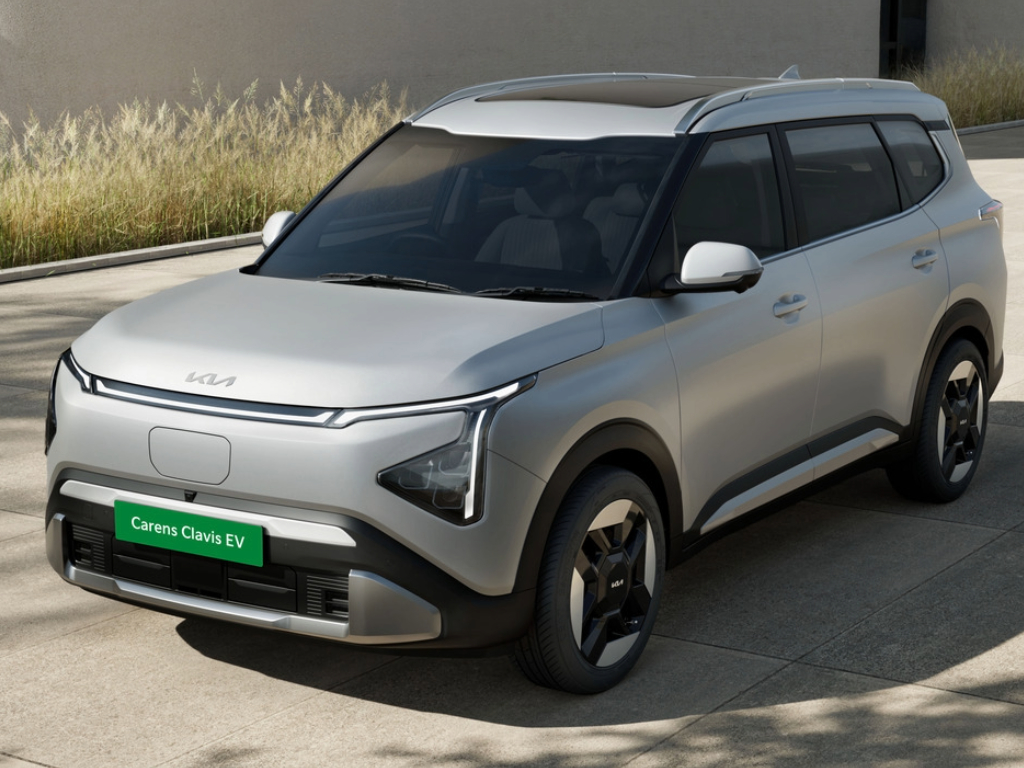
Kia Carens Clavis EV HTX E trim with added features and two battery options
Kia India has expanded the Carens Clavis EV lineup with the introduction of a new HTX E variant, priced at Rs. 19.99 lakhs (ex-showroom) for the Standard Range version and Rs. 21.99 lakhs for the Extended Range (ER) model. Positioned between the existing HTK+ and HTX trims, the HTX E adds several premium features at a slightly more accessible price point.
The Carens Clavis EV is now available in six variants – HTK+, HTX E, HTX E ER, HTX, HTX ER and HTX+ ER, with prices ranging from Rs. 17.99 lakhs to Rs. 24.49 lakhs (ex-showroom).
Compared to the base HTK+ trim, the new HTX E variant offers a panoramic sunroof, 64-colour ambient lighting, leatherette upholstery, a leatherette-wrapped steering wheel with tilt and telescopic adjustability, a retractable seatback table, an air purifier and a voice-controlled power window function. Other additions include LED interior lights and an anti-glare IRVM. The cabin adopts a dual-tone beige and navy blue interior theme, while the Extended Range version gains 17-inch alloy wheels.
Most of these upgrades were earlier exclusive to the HTX variant. The primary difference between the HTX E and HTX trims is the absence of the ADAS package in the former. The top-spec HTX+ ER variant continues unchanged.
The HTX E trim is available with both 42kWh and 51.4kWh battery options. The Standard Range version delivers 135 HP and 255 Nm, offering an ARAI-certified range of 404 km. The Extended Range variant produces 171 HP and 255 Nm, with a claimed range of 490 km.
With this launch, Kia aims to make its mid-range EV offering more feature-rich and competitive while maintaining a balanced pricing structure across the Carens Clavis EV portfolio.
The post Kia Carens Clavis EV HTX E Trim Launched, Priced From Rs. 19.99 Lakhs appeared first on MotorBeam.
Tata Nexon Petrol With Level 2 ADAS Launched, Priced From Rs. 13.53 Lakhs 17 Oct 3:56 AM (4 days ago)
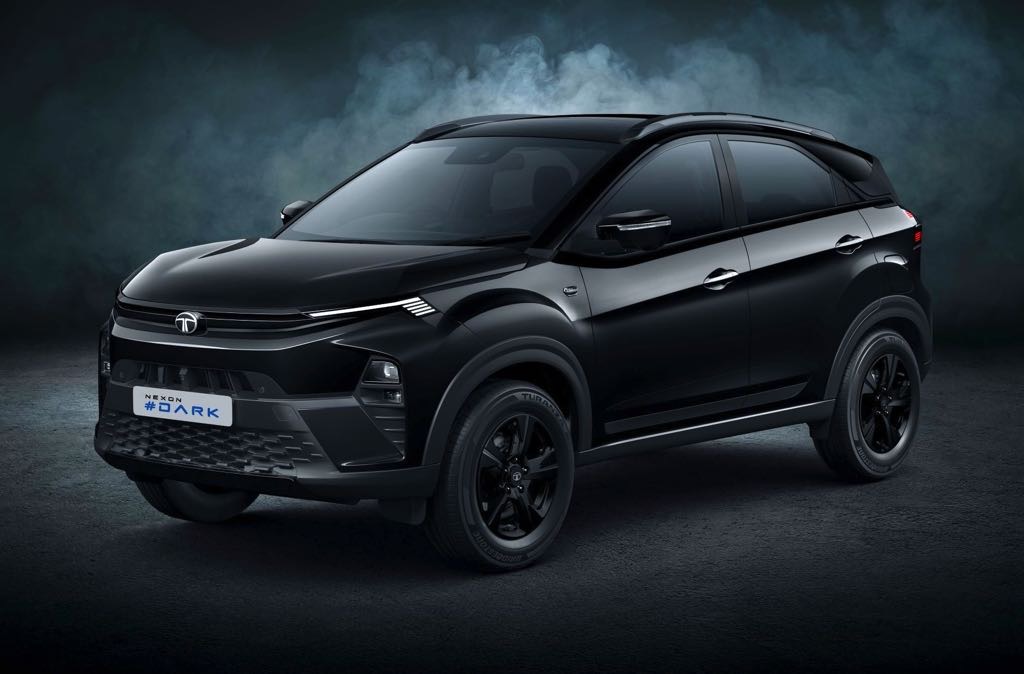
Tata Nexon petrol gains Level 2 ADAS, priced at Rs. 13.53 lakhs
Tata Motors has expanded its Nexon lineup by introducing a Level 2 Advanced Driver Assistance System (ADAS) for the petrol variant. The technology, which was first seen on the Nexon EV, is now available on the top-end Fearless +PS petrol-automatic trim, priced at Rs. 13.53 lakhs (ex-showroom).
This addition makes the Nexon one of the few compact SUVs in its segment to offer ADAS features. The suite includes active safety technologies such as Forward Collision Warning, Autonomous Emergency Braking, Lane Departure Warning, Lane Keep Assist, High Beam Assist and Traffic Sign Recognition.
Compared to the previous Fearless +PS DCA variant priced at Rs. 13.26 lakhs, the ADAS-equipped version costs Rs. 27,000 more. Tata has also introduced a Red Dark edition of the same model, available at Rs. 13.81 lakhs, a Rs. 28,000 premium over the standard ADAS version.
The Red Dark theme, characterised by its distinctive dark exterior and red interior accents, has been extended across the Nexon range. It is now offered with petrol, diesel and for the first time, CNG powertrains. Prices for these Red Dark variants range from Rs. 12.44 lakhs to Rs. 14.15 lakhs, depending on the engine and gearbox combination.
With these updates, Tata Motors continues to strengthen the Nexon’s position as one of the most feature-rich offerings in the sub-4m SUV space, emphasising both safety and style.
The post Tata Nexon Petrol With Level 2 ADAS Launched, Priced From Rs. 13.53 Lakhs appeared first on MotorBeam.
2026 Kawasaki Z900 Launched, Priced At Rs. 9.9 Lakh 17 Oct 3:30 AM (4 days ago)
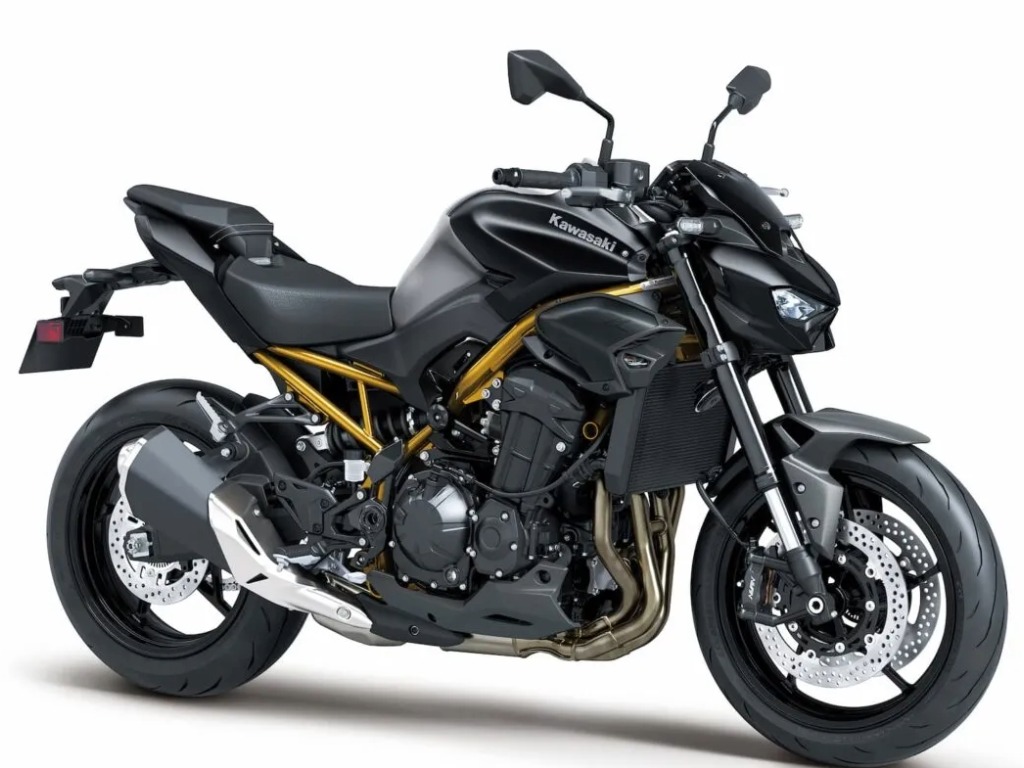
2026 Kawasaki Z900 Launched, Follows The Brand’s Distinct Sugomi Design Philosophy
Kawasaki has launched the 2026 Z900 (MY26) for Rs. 9.99 lakh (ex-showroom). The new model maintains the legacy of the iconic Z-Series, which is known for its performance and aggressive styling. It represents a perfect balance between everyday usability and thrilling riding dynamics.
Styling
The 2026 Z900 follows Kawasaki’s distinct “Sugomi” design philosophy. This design language gives the motorcycle a predatory stance with sharper lines and a muscular appearance. The updated LED lighting and new dual-tone colours enhance its streetfighter appeal.
The new Z900 is available in two striking colour options. Buyers can choose between Metallic Matte Graphene Steel Grey and Candy Lime Green. Deliveries shall begin in October 2025 across Kawasaki dealerships in India.
Engine
Powering the motorcycle is a 948cc, liquid-cooled, inline-four engine producing 125 HP and 98.6 Nm of torque. The motor pairs with a 6-speed gearbox with an assist and slipper clutch. Revised ECU mapping delivers smoother throttle response and improved fuel efficiency.
Kawasaki claims a 16% improvement in fuel economy compared to the previous version. The carbon dioxide emissions see a significant reduction, making it more environmentally friendly. The electronic throttle valves ensure better precision and control during acceleration.
Suspension
The motorcycle features a lightweight trellis frame that offers enhanced rigidity and balance. It rides on 41mm inverted front forks and a rear monoshock, both adjustable for preload and rebound. This setup improves comfort, stability, and cornering performance.
Braking
Dual 300mm front discs with radial-mounted callipers handle braking duties. At the rear, a single 250mm disc ensures strong stopping power. The new Dunlop Sportmax Q5A tyres offer excellent grip and confidence while cornering.
Features
The 2026 Z900 also receives a major electronics upgrade with an IMU-based system. It includes traction control, multiple riding modes, and the Kawasaki Cornering Management Function. These systems work together to enhance safety and handling precision.
Additional features include a dual-direction quick shifter and electronic cruise control. The 5-inch TFT display now supports turn-by-turn navigation via Kawasaki’s Rideology app. Riders can easily access performance data and smartphone connectivity options on the go.
Outlook
With improved performance, technology, and design, the 2026 Kawasaki Z900 establishes a new benchmark in the premium naked motorcycle segment. It blends everyday practicality with pure riding excitement. For enthusiasts seeking power and refinement, the new Z900 remains a top contender.
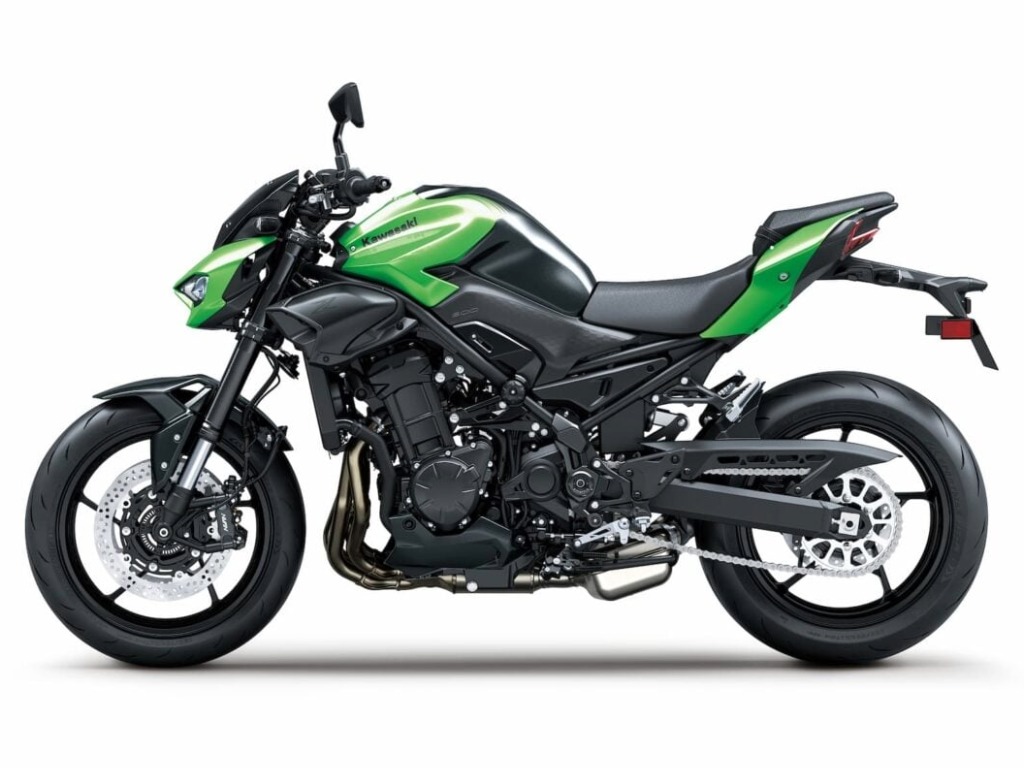
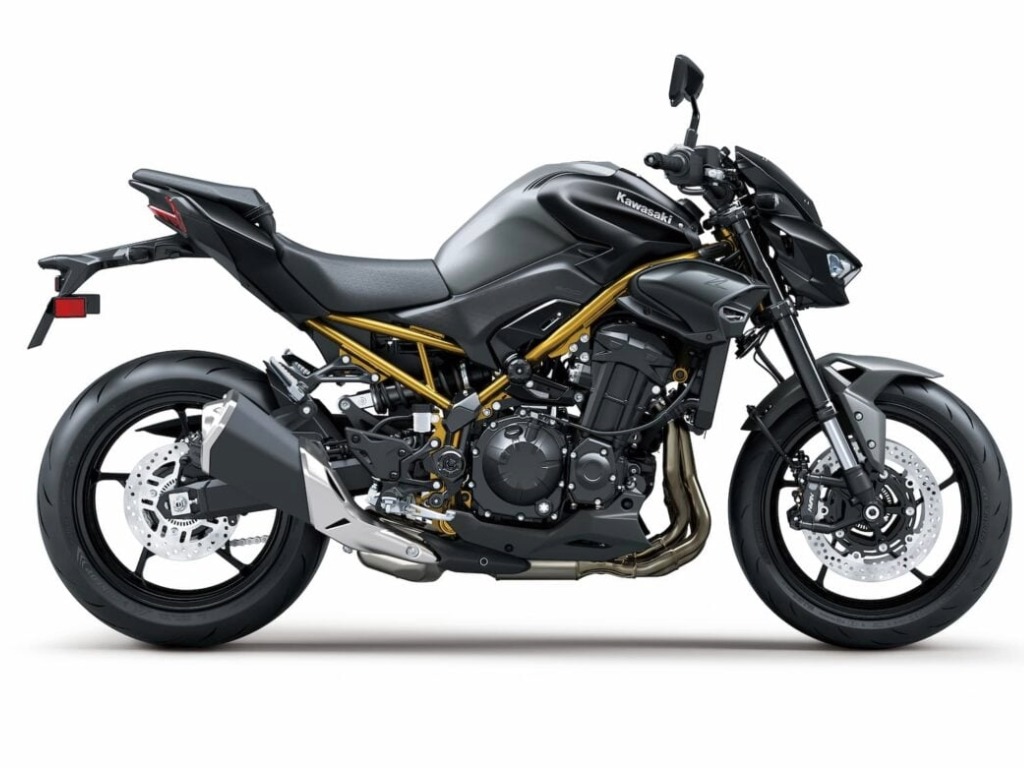
The post 2026 Kawasaki Z900 Launched, Priced At Rs. 9.9 Lakh appeared first on MotorBeam.
Citroen Basalt Scores 0 Stars At Latin NCAP Crash Test 17 Oct 3:26 AM (4 days ago)
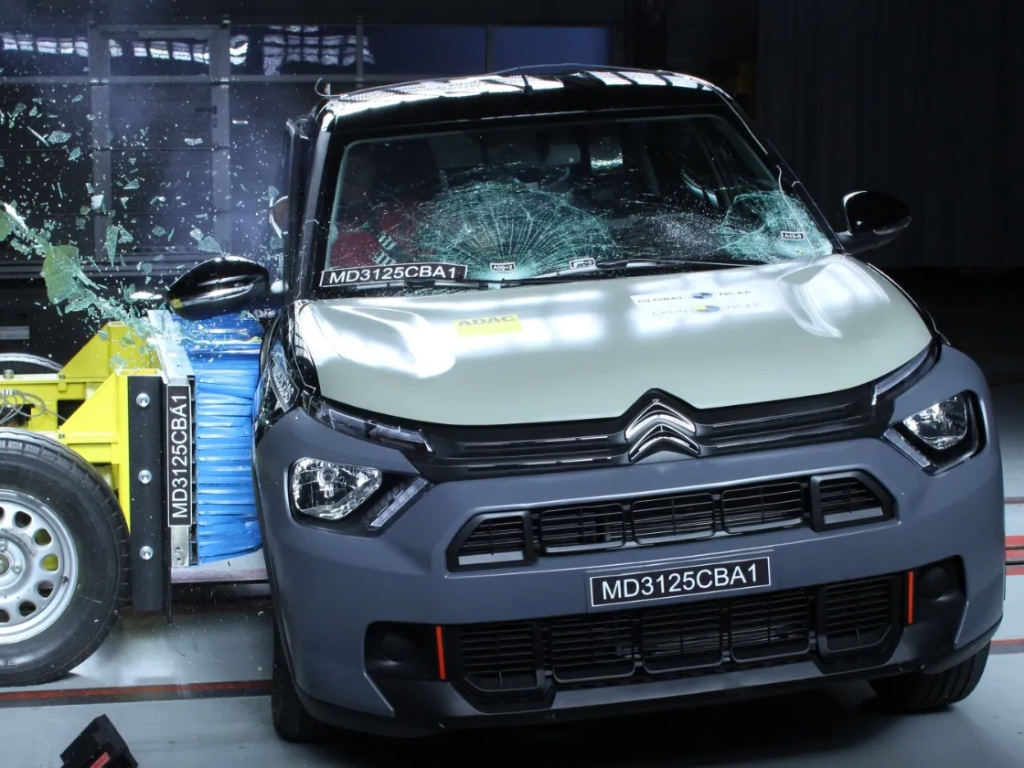
Citroen Basalt Scores 0 Stars At Latin NCAP, Scored 4 Stars At Bharat NCAP
The Citroen Basalt has experienced contrasting safety outcomes. The Latin NCAP gave the Brazil-made Basalt a zero-star rating. Meanwhile, Bharat NCAP awarded its India-made counterpart a strong four-star rating.
Latin NCAP Results
Latin NCAP conducted full crash testing on the Brazil-manufactured Basalt in October 2025. The vehicle achieved a score of just 15.75 points out of 40 in Adult Occupant Protection. While Latin NCAP rated head and neck safety as good, it considered chest and knee protection as marginal or weak.
Latin NCAP’s side impact test yielded fair results for head and pelvis, but further evaluations were limited due to the absence of curtain airbags. The SUV achieved a score of 28.59 out of 49 points in Child Occupant Protection. Latin NCAP also found issues with airbag warning systems and rear-facing child seat usage.
Latin NCAP rated pedestrian protection as average with 25.62 points, indicating partial compliance with safety norms. The SUV’s body structure was declared unstable under additional loads. Overall, the Brazil-built model demonstrated insufficient occupant safety for its class.
Bharat NCAP Results
The India-made Basalt performed significantly better under Bharat NCAP testing in 2024. It scored 26.19 out of 32 in Adult Occupant Protection, earning four stars. Head and neck protection were rated good, while chest and pelvis showed marginal results.
In side impact testing, the Basalt achieved a perfect 16 out of 16 score. Six standard airbags and robust side curtain protection ensured excellent results. The SUV also earned 35.90 out of 49 in Child Occupant Protection.
Safety Features
The model includes ESC, pedestrian safety, and seatbelt reminders as standard equipment. Bharat NCAP confirmed a stable bodyshell capable of withstanding further impacts. These results reflected stronger safety engineering and compliance with Indian standards.
Differences
Both versions of the vehicle share Citroen’s CMP platform but have differences in safety equipment. The India-spec version features six airbags, while the Brazil model has only four. The structural integrity of the Brazilian car was rated unstable under pressure.
Differences in regional regulations greatly influenced the outcomes. The Indian model benefits from stricter safety mandates and comprehensive testing requirements. Latin American buyers face a model that compromises protection for cost reasons.
Outlook
The contrasting results highlight the importance of standardising global safety features. A shared platform does not guarantee equal safety across regions. It is necessary, therefore, for consumers to evaluate specifications carefully before purchase.
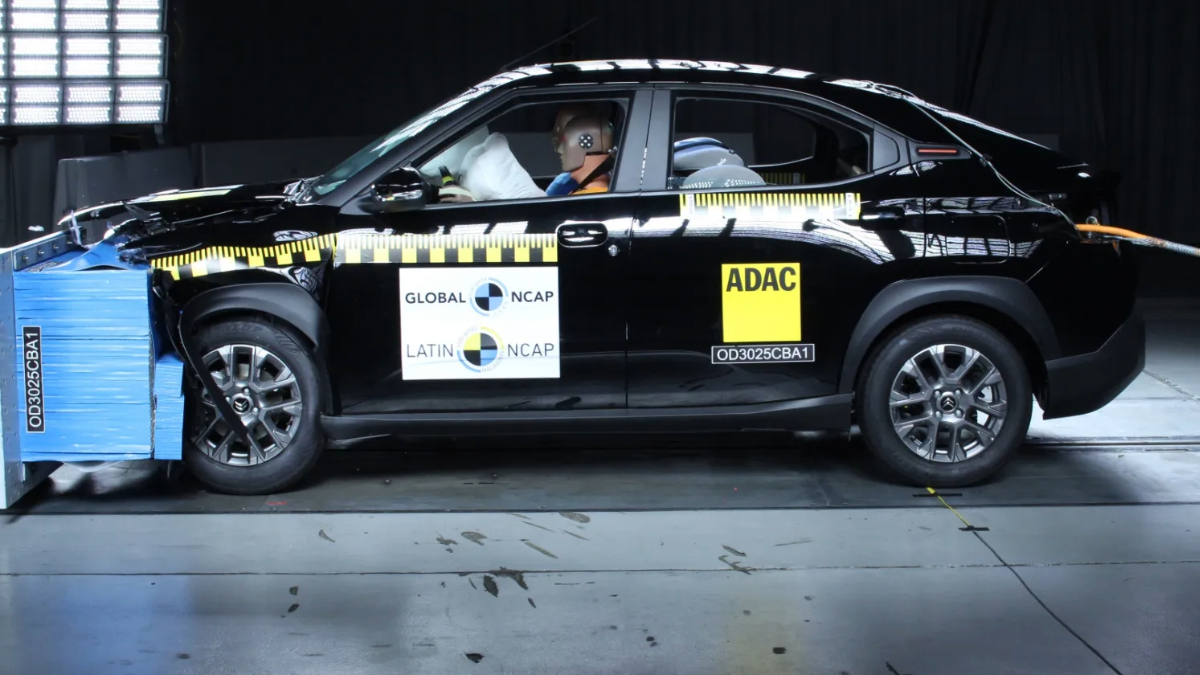
The post Citroen Basalt Scores 0 Stars At Latin NCAP Crash Test appeared first on MotorBeam.
Skoda Octavia RS Launched In India, Priced At Rs. 49.99 Lakhs 16 Oct 11:35 PM (4 days ago)
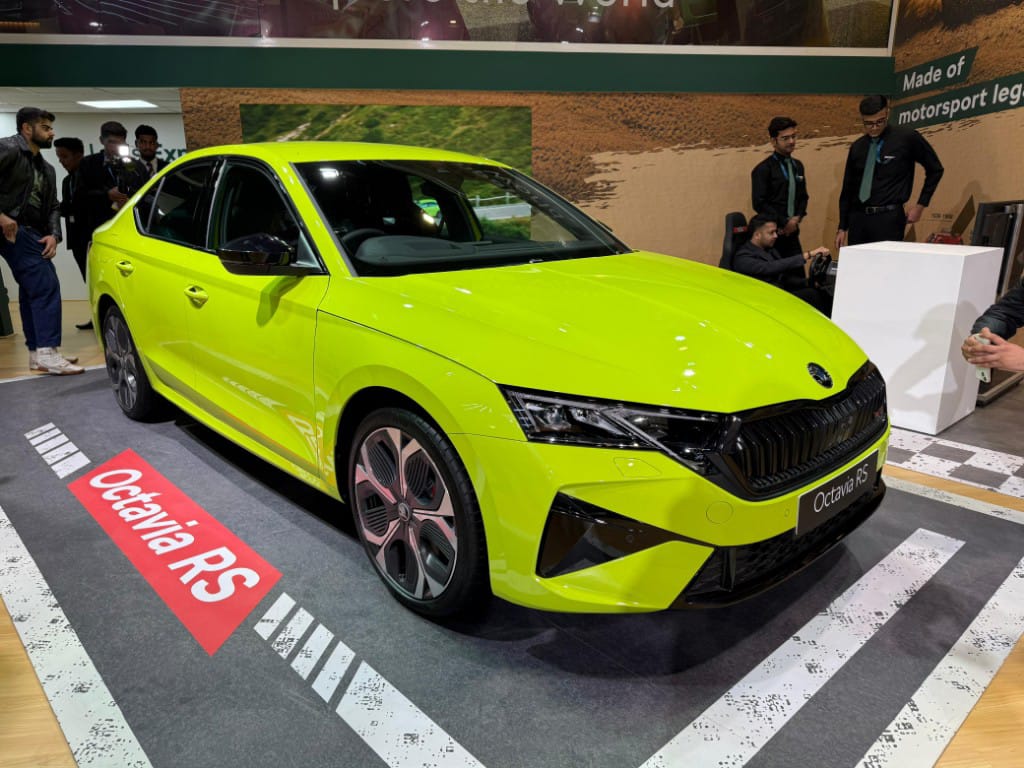
Skoda launches Octavia RS at Rs. 49.99 lakhs, all 100 units sold pre-launch
Skoda has officially introduced the latest-generation Octavia RS in India at a price of Rs. 49.99 lakhs (ex-showroom). Limited to just 100 units, the performance sedan was available for booking from October 6 and all allocated cars were sold out even before its launch.
Positioned as a niche, high-performance offering, the new Octavia RS competes most closely with the Volkswagen Golf GTI, which costs slightly more at Rs. 50.91 lakhs.
Powertrain and Performance
The new Octavia RS is powered by the Volkswagen Group’s 2.0-litre ‘EA888’ turbo-petrol engine, delivering 265 HP and 370 Nm of torque. The engine is paired with a 7-speed dual-clutch (DSG) automatic transmission, sending power exclusively to the front wheels. Skoda claims a 0-100 km/hr time of 6.4 seconds and a top speed of 250 km/hr.
While a sports exhaust system comes standard, the India-spec model misses out on Dynamic Chassis Control (DCC) – a feature that continuously adjusts suspension, steering and gearbox settings for improved handling.
Design and Features
Visually, the Octavia RS sports a more aggressive design with RS-specific bumpers, 19-inch alloy wheels, black exterior accents and RS badging. Buyers can choose from five colour options – Candy White, Magic Black, Mamba Green, Race Blue and Velvet Red.
The interior features an all-black cabin with red stitching, sport seats and an RS flat-bottom steering wheel. The car also packs a long list of equipment, including a 13-inch infotainment touchscreen, 10.25-inch digital instrument cluster, Canton 11-speaker sound system, Matrix LED headlights, 360-degree camera, heated and powered front seats with massage function, three-zone climate control, 10 airbags and adaptive cruise control.
With all units already sold, the Octavia RS reaffirms its status as a cult favourite among driving enthusiasts, blending practicality with strong performance credentials.
The post Skoda Octavia RS Launched In India, Priced At Rs. 49.99 Lakhs appeared first on MotorBeam.
Toyota Hyryder Aero Edition Launched, Priced From Rs. 10.94 Lakh 16 Oct 11:29 PM (4 days ago)
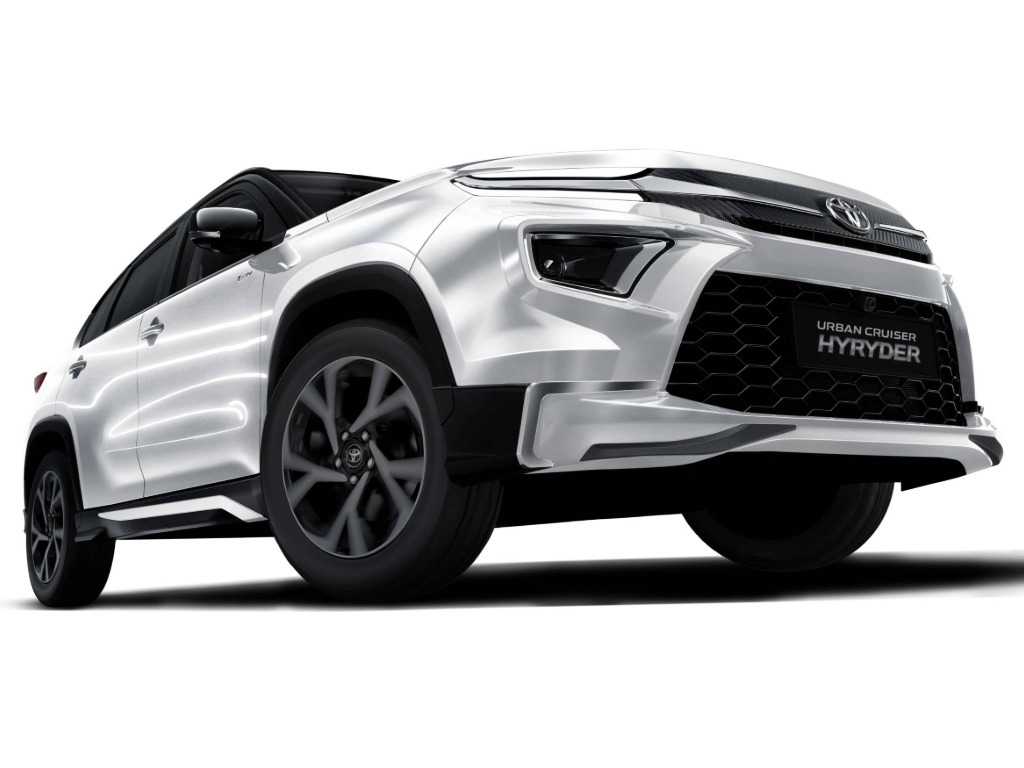
Toyota Hyryder Aero Edition Launched, Will Feature Visual Changes
Toyota introduced the new Aero Edition package for the Urban Cruiser Hyryder SUV. The special edition enhances the visual appeal with sportier design elements. The enhancements boost the visual appeal of the popular midsize SUV lineup.
Design Changes
The Aero Edition features a front spoiler, side skirts, and a rear spoiler. These accessories cost an additional Rs. 31,999. Customers can install them on any variant, offering greater personalization flexibility.
Customers have the option to choose from White, Silver, Black, or Red exterior shades. Since its 2022 launch, the Hyryder sold over 1.68 lakh units. The SUV continues as a strong performer in its segment.
Engine Options
The Hyryder offers two powertrain options — a self-charging strong hybrid and a naturally aspirated petrol engine. The hybrid variant uses a 1.5-litre petrol engine with an e-drive transmission. It delivers an impressive mileage of 27.97 kmpl.
The petrol version features a 1.5-litre K-Series engine with manual or automatic transmission. It comes with both 2WD and 4WD options. This provides buyers with performance flexibility and driving choice.
Interior & Features
Inside, the Hyryder features ventilated leather seats and a panoramic sunroof. It also offers a nine-inch touchscreen with wireless Android Auto and Apple CarPlay. Additional highlights include wireless charging, ambient lighting, and a 360-degree camera.
Pricing
The Toyota Urban Cruiser Hyryder range starts at Rs. 10.94 lakh (ex-showroom). The new Aero Edition is enhanced with youthful styling and customisation. It strengthens the appeal of the SUV among modern Indian buyers.
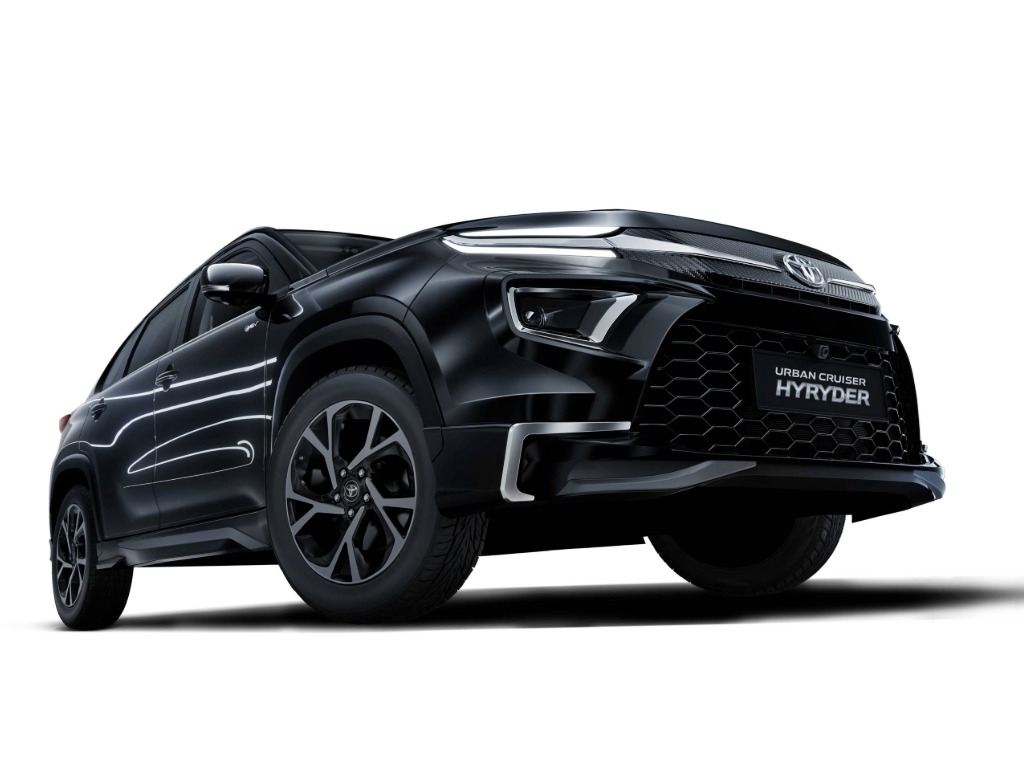
The post Toyota Hyryder Aero Edition Launched, Priced From Rs. 10.94 Lakh appeared first on MotorBeam.
Ola Electric Expands Into BESS Market Segment 16 Oct 9:14 PM (5 days ago)
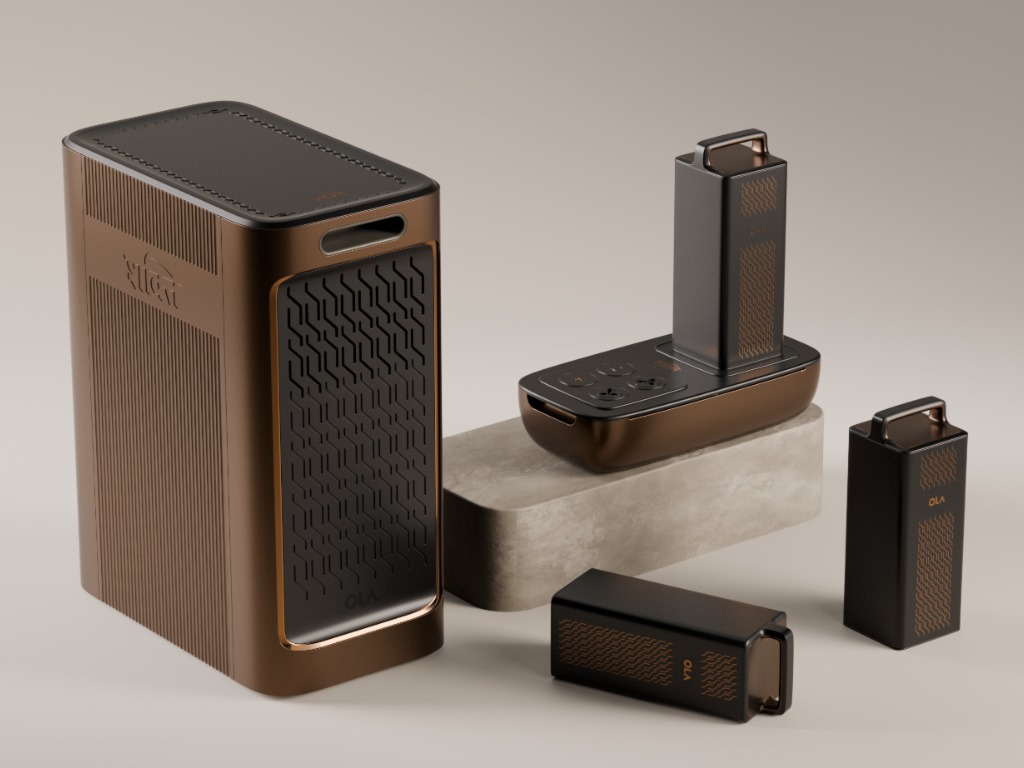
Ola Electric Expands Into BESS Market Segment, Launched Ola Shakti For Homes, Farms & Businesses
Ola Electric announced its entry into the Battery Energy Storage Systems (BESS) market on October 16, 2025. Reports suggest that the sector shall grow from Rs. 1 lakh crore to Rs. 3 lakh crore by 2030. The Bengaluru-based EV manufacturer launched Ola Shakti, a portable BESS solution for homes, farms, and businesses.
Ola Electric CMD Bhavish Aggarwal addressed the media, stating that India faces an issue with energy storage, not an energy shortage. He noted that energy consumption peaks at night when solar power is unavailable. Aggarwal emphasised that Ola Shakti aims to transform this storage gap into an opportunity for achieving energy independence.
Aggarwal stated that Ola’s Gigafactory consumption for the BESS market could reach 5GWh in the coming years. This figure may exceed the company’s automotive energy needs soon. He added that Ola’s world-class battery and cell technology will now empower homes to store and use clean energy efficiently.
Ola Shakti
Aggarwal states that Ola Shakti is a natural progression of the company’s innovation journey. It leverages Ola’s existing cell technology, Gigafactory production, and nationwide distribution network. The new product ensured quick scalability and cost efficiency without requiring additional R&D or capital investment.
Ola Shakti uses Ola’s indigenous 4680 Bharat Cells, making it India’s first fully designed and manufactured residential BESS. It strengthens India’s goal of building self-reliant energy infrastructure. Ola claims the system embodies cutting-edge engineering and sustainable domestic innovation.
Options
Customers can access the system in four configurations: 1.5 kWh, 3 kWh, 5.2 kWh, and 9.1 kWh. The prices start at Rs. 29,999 and go up to Rs. 1,59,999 for early buyers. The company opened reservations at Rs. 999, scheduling deliveries for Makar Sankranti 2026.
Ola Shakti can power air conditioners, refrigerators, farm pumps, and communication equipment. It offers two-hour charging and up to 1.5 hours of backup at full load. Ola says this ensures reliable performance for both residential and rural applications.
Outlook
The company’s product team highlighted automotive-grade safety, 98% efficiency, and zero maintenance costs. Unlike diesel generators or lead-acid inverters, Ola Shakti provides clean, efficient, and silent operation. This launch expands Ola Electric beyond mobility, driving India’s transition toward sustainable energy storage.
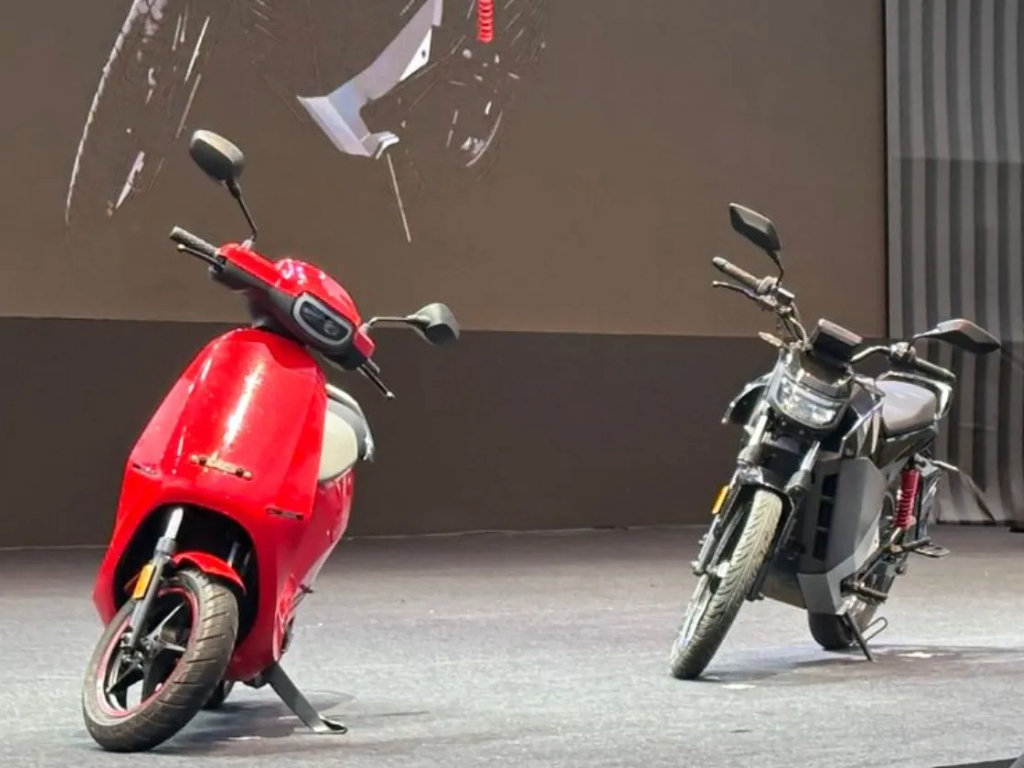
The post Ola Electric Expands Into BESS Market Segment appeared first on MotorBeam.
Hyundai To Invest Rs. 45,000 Crore In India 16 Oct 7:57 PM (5 days ago)
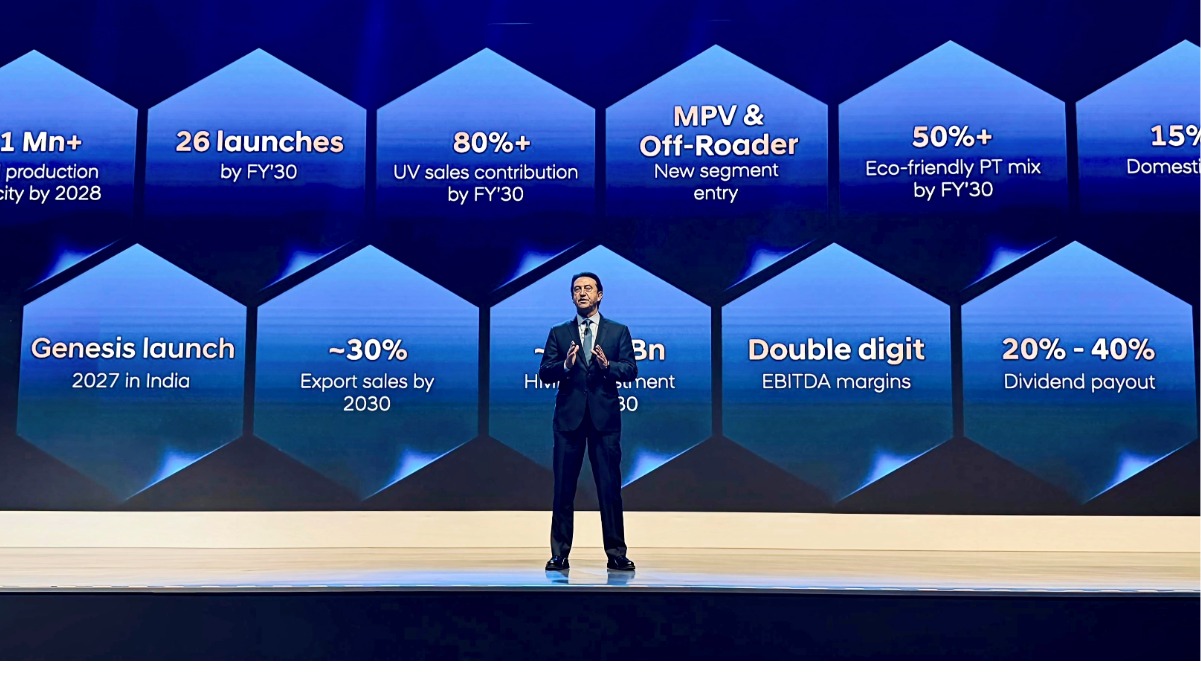
Hyundai To Invest Rs. 45,000 Crore In India, Will Launch Genesis Brand By 2027
Hyundai Motor India Limited (HMIL) announced an investment of Rs. 45,000 crore by 2030 to achieve a 15% domestic market share. Hyundai announced during its first-ever Investor Day held on October 15, 2025. The plan includes product expansion, advanced manufacturing, deep localisation, and financial guidance for long-term growth.
José Muñoz, President and CEO of Hyundai Motor Corporation, said this investment marks the next growth phase after Hyundai’s successful IPO. He highlighted that India would be Hyundai’s second-largest global region by 2030. The company also aims to position India as a global export hub, contributing up to 30% of total exports.
Future Products
Hyundai plans to launch 26 new products, including seven new nameplates and India’s first locally manufactured electric SUV by 2027. The company will also introduce its luxury brand, Genesis, into the Indian market. These efforts will strengthen Hyundai’s presence across mainstream and premium segments.
Financial Goals
Unsoo Kim, Managing Director of HMIL, said the investment reflects Hyundai’s vision for smart, sustainable, and future-ready mobility solutions in India. He added that HMIL aims to achieve a revenue milestone of Rs. 1 lakh crore by FY2030. The company also plans to maintain double-digit EBITDA margins and offer a 20% to 40% dividend payout.
Tarun Garg, Whole-time Director and COO of HMIL, called the roadmap a pivotal step in redefining Hyundai’s growth strategy. He said Hyundai aims to achieve over 15% market share through India-centric launches and strong SUV offerings. By FY2030, Utility vehicles are expected to account for more than 80% of total sales.
Powertrain Expansion
He further stated that Hyundai will offer multiple powertrain options, including ICE, CNG, EV, and hybrid technologies. Hyundai’s portfolio will feature cleaner, sustainable technologies by FY2030. The company’s network will expand to 85% of India’s districts, with rural markets contributing 30% of total sales.
Outlook
Through this ambitious Rs. 45,000 crore roadmap, Hyundai aims to strengthen India’s role in its global strategy. The company seeks to drive sustainable mobility, innovation, and inclusive growth. This major milestone marks Hyundai’s long-term commitment to the Indian automotive market.
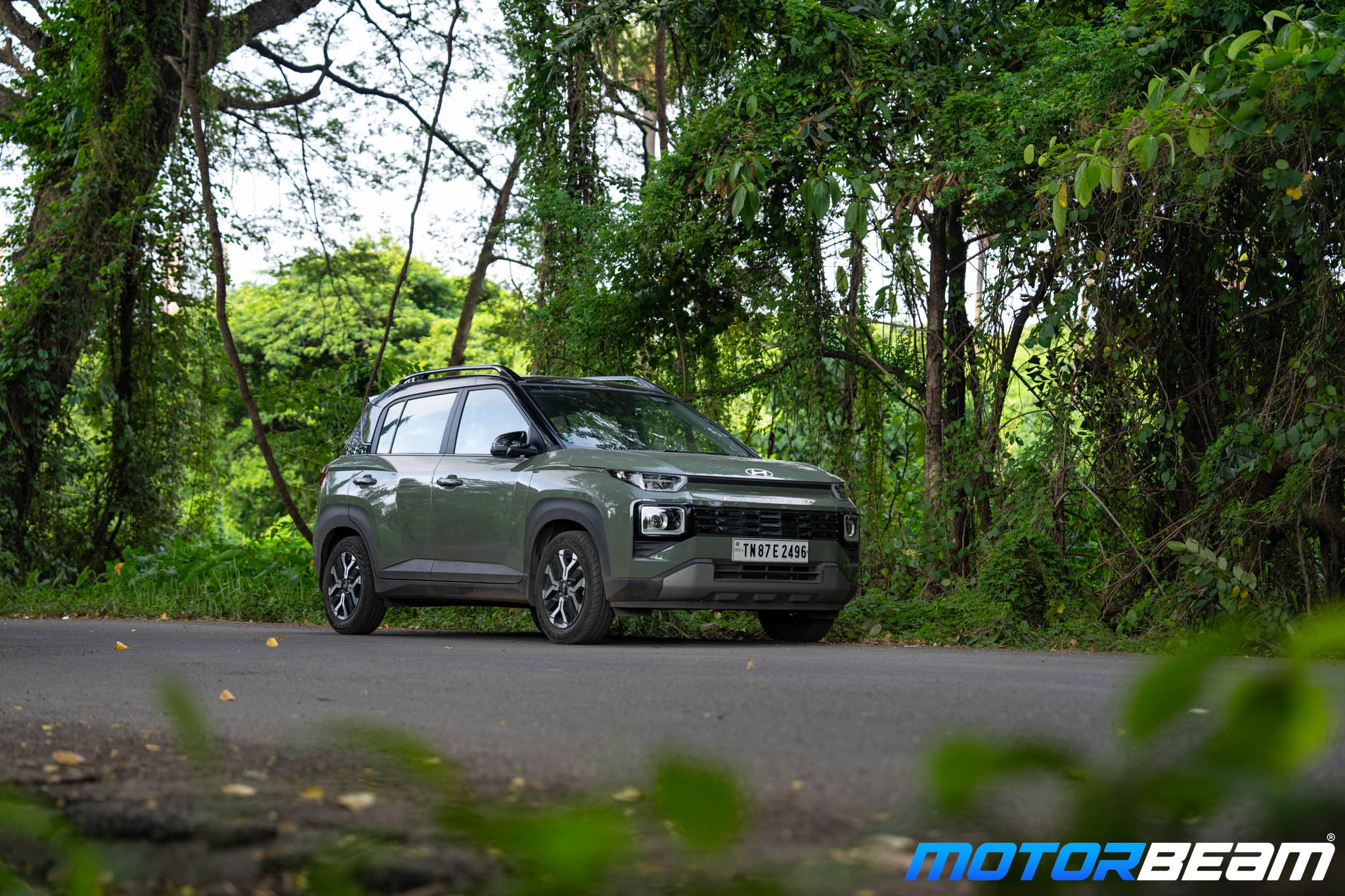
The post Hyundai To Invest Rs. 45,000 Crore In India appeared first on MotorBeam.
Top 25 Selling Cars In September 2025 16 Oct 2:05 AM (5 days ago)
Rank OEM Model September ’25 Sales September ’24 Sales YoY Growth 1 Tata Nexon 22,573 11,470 97% 2 Maruti Dzire 20,038 10,853 85% 3 Hyundai Creta 18,861 15,902 19% 4 Mahindra Scorpio N + Classic 18,372 14,438 27% 5 Tata Punch 15,891 13,711 16% 6 Maruti Swift 15,547 16,241 -4% 7 Maruti Wagon R 15,388 13,339 15% 8 Maruti Fronx 13,767 13,874 -1% 9 Maruti Baleno 13,173 14,292 -8% 10 Maruti Ertiga 12,115 17,441 -31% 11 Mahindra Thar + Roxx 11,846 8843 34% 12 Hyundai Venue 11,484 10,259 12% 13 Maruti Brezza 10,173 15,322 -34% 14 Maruti Eeco 10,035 11,908 -16% 15 Toyota Innova Crysta + HyCross 9783 8052 21% 16 Mahindra XUV700 9764 9646 1% 17 Mahindra XUV 3X0 9032 9000 – 18 Kia Sonet 9020 10,335 -13% 19 Tata Tiago 8322 4225 97% 20 Toyota Hyryder 7608 5385 41% 21 Kia Carens + Clavis + EV 7338 6217 18% 22 Kia Seltos 5816 6959 -16% 23 Maruti Grand Vitara 5698 10,267 -45% 24 Hyundai Exter 5643 6908 -18% 25 Maruti Alto 5434 8655 -37%
September 2025 car sales witnessed drastic changes in top 25, Tata Nexon leads
September 2025 top 25 car sales list revealed, Tata Nexon tops the chart. There are 10 Maruti cars in this list, followed by 4 cars from Mahindra, 3 cars from Hyundai, Tata and Kia, 2 from Toyota.
Tata Motors achieved a historic milestone as the Tata Nexon became the country’s best-selling car, with over 22,500 units dispatched, the highest-ever monthly sales figure for a single Tata model. The company’s success continued with the Tata Punch also securing a position within the Top 5, marking a rare occasion where two Tata models featured among the top performers.
Interestingly, hatchbacks were absent from the Top 5 list. Despite benefiting from recent GST reductions, which particularly favoured smaller cars, consumer preference has continued shifting toward sub-4-metre SUVs. Industry observers note a growing inclination among buyers for EVs and CNG-powered vehicles, with Tata reporting nearly double the EV sales year-on-year, alongside record-breaking CNG vehicle numbers.
The recent GST rate revisions appear to have accelerated purchase decisions, with many automakers noting a sharp rise in bookings during the latter half of September. The full extent of this momentum is expected to reflect in October 2025 sales figures.
Among other strong performers, Hyundai Creta maintained its dominance in the mid-size SUV category and secured the third position overall, registering its best-ever monthly sales. Meanwhile, Maruti Wagon R continued as the country’s most popular hatchback, taking the seventh spot.
Out of 25 cars in the list, 10 cars have witnessed negative year-on-year growth. What are your thoughts on the top 25 selling cars of September 2025. Let us know in the comments section below.
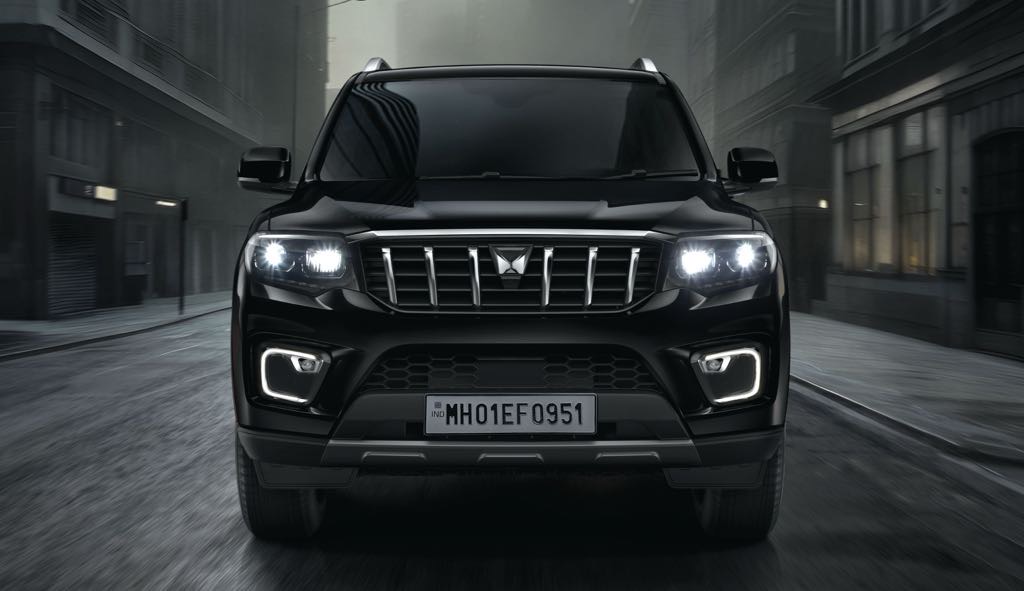
The post Top 25 Selling Cars In September 2025 appeared first on MotorBeam.
Kawasaki Versys 1100 Launched, Priced At Rs. 13.89 Lakh 15 Oct 9:10 PM (6 days ago)
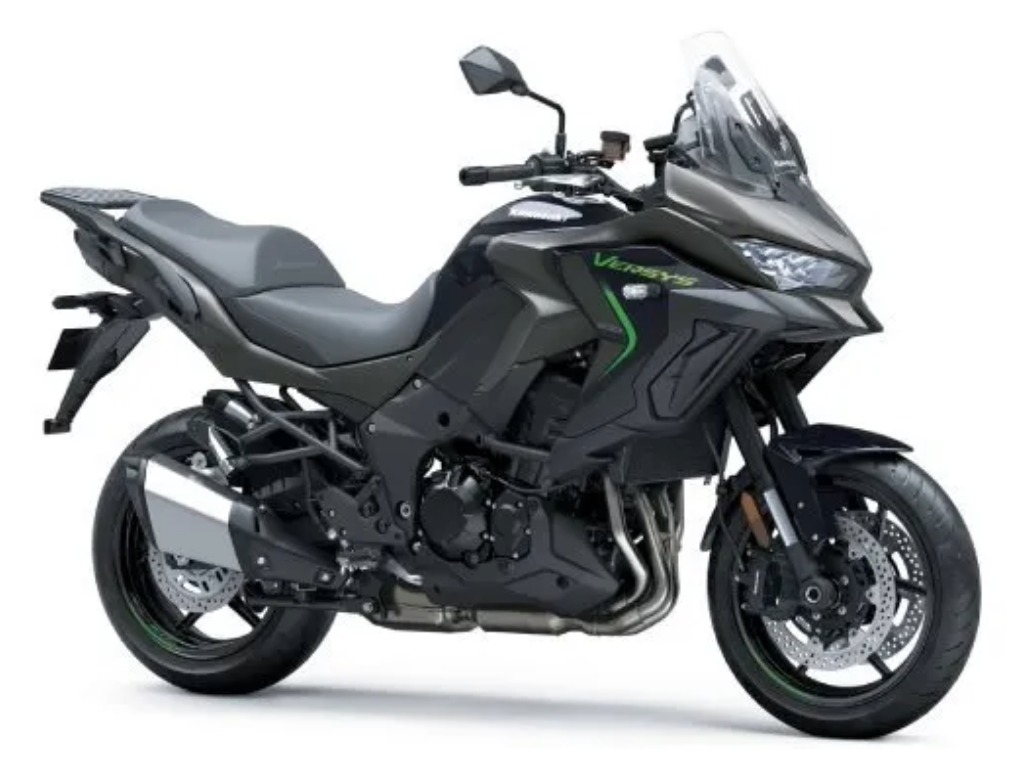
Kawasaki Versys 1100 Launched, Powered By 1099cc Inline Four Cylinder Engine
Kawasaki has launched the new MY26 Kawasaki Versys 1100 in India at Rs. 13.89 lakh (ex-showroom). The premium adventure-touring motorcycle aims to provide riders with the ultimate riding experience across city streets and open highways. It aims to symbolise performance, endurance, and comfort.
Engine
Powering the Versys 1100 is a 1,099cc liquid-cooled inline-four engine producing 135 HP and 112 Nm of torque. The updated motor offers smoother power delivery and improved fuel economy through optimised gear ratios. Riders can also opt for the Kawasaki Quick Shifter accessory for clutchless gear changes.
Suspension
The lightweight aluminium twin-tube frame enhances handling and stability while maintaining nimble control. A 43mm inverted front fork and a gas-charged rear shock manage suspension duties. This long-travel setup ensures comfort on uneven terrain and sharp handling on highways.
Braking
Braking performance is handled by dual 310mm front discs and a 260mm rear disc with KIBS intelligent ABS. The advanced KCMF system ensures smoother transitions between acceleration and braking by managing cornering stability. Together, these systems improve rider confidence and control in all conditions.
Features
Electronics include a traction control system with three modes and selectable power modes for varying road conditions. The bike also features cruise control and a negative LCD display with a wide range of data. Riders can easily access information such as fuel economy, range, and even bank angle.
We have prioritised touring convenience with a USB Type-C outlet, 12V DC socket, and adjustable 65mm windshield. The ergonomic design offers a relaxed upright riding posture for long-distance comfort. Wide fairings and optimised aerodynamics provide excellent wind protection during extended rides.
Optional Accessories
The optional accessories consist of LED fog lamps, frame sliders, hand covers, and a larger windshield. Riders can further personalise their Versys 1100 for added protection and practicality. The motorcycle is available in Metallic Matte Graphene Steel Grey and Metallic Diablo Black colour options.
All authorised Kawasaki dealerships in India will begin deliveries for the motorcycle on October 15, 2025.
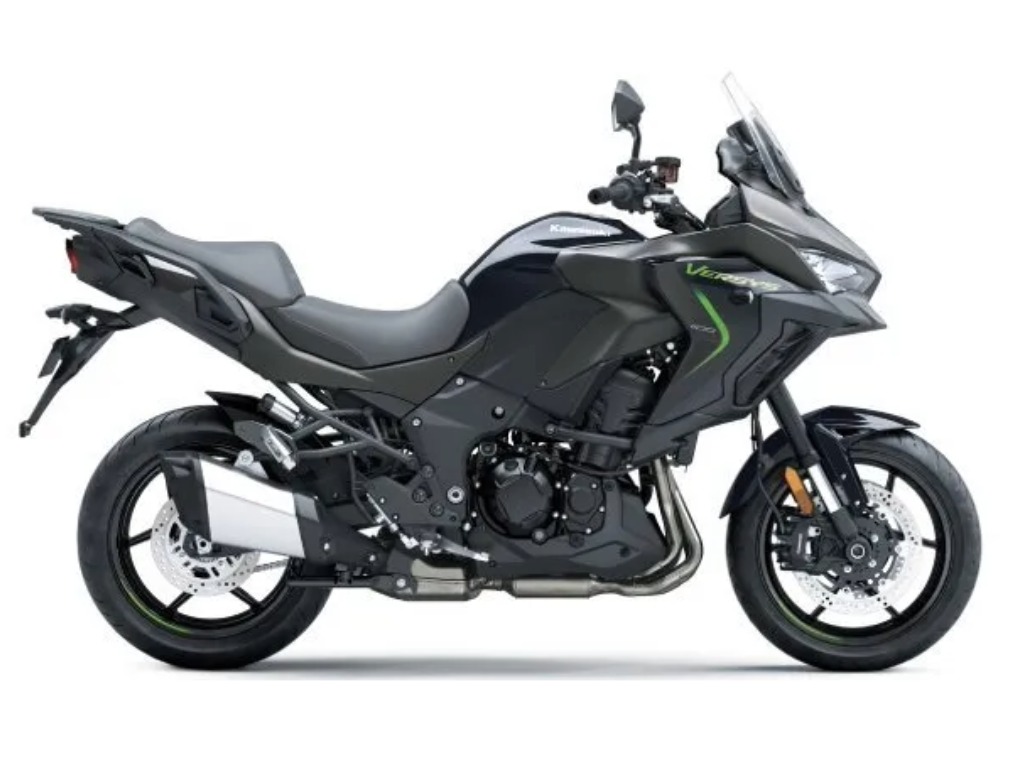
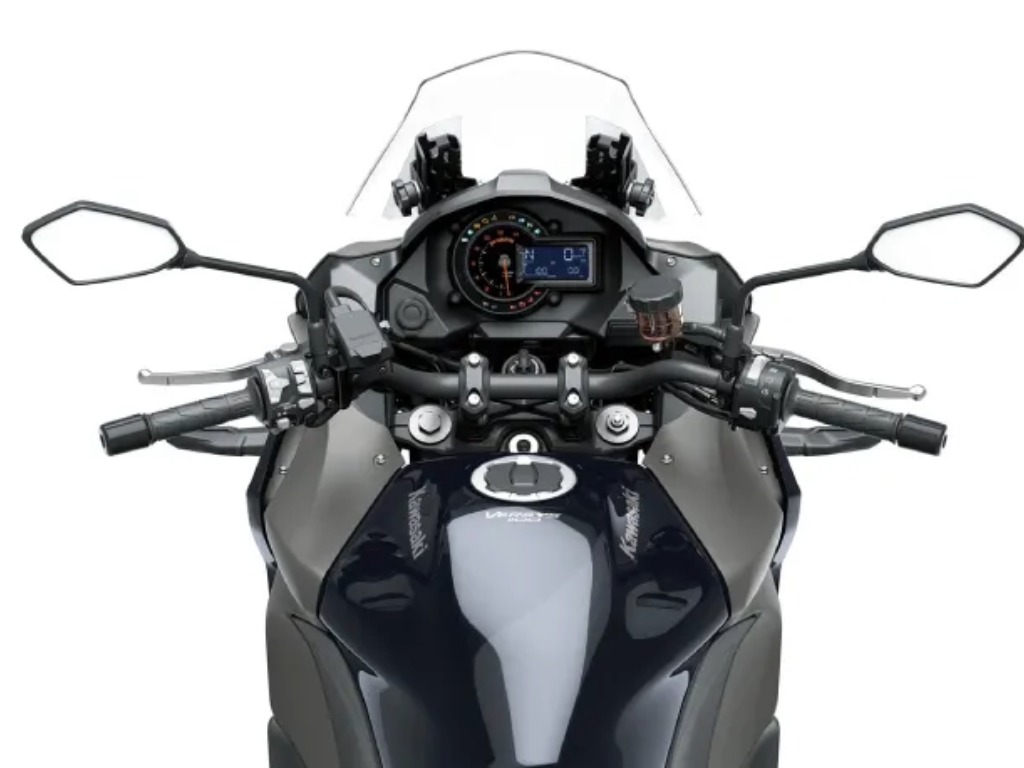
The post Kawasaki Versys 1100 Launched, Priced At Rs. 13.89 Lakh appeared first on MotorBeam.
TVS RTX 300 Launched, Priced From Rs. 1.99 Lakh 15 Oct 7:23 PM (6 days ago)
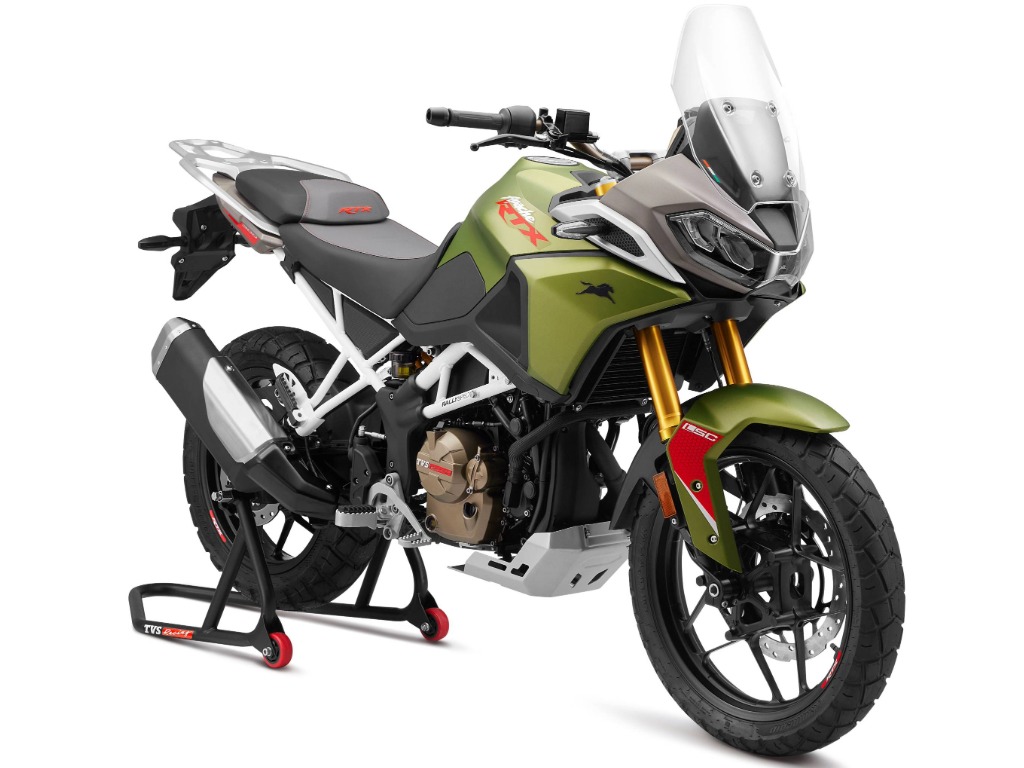
TVS RTX 300 Launched, Based On The New RT-XD4 Platform
TVS Motor Company has made a bold entry into the adventure touring segment with the new Apache RTX 300. Priced at an introductory Rs. 1.99 lakh (ex-showroom), it marks a notable expansion of the Apache lineup. TVS Motor Company has built the motorcycle on the new RT-XD4 platform, combining rally-inspired design with touring capabilities.
Styling
The motorcycle’s design emphasises strength and aggression, featuring a muscular silhouette and forward-leaning tank-headlamp design. The crystalline twin-beam headlamp, DRL blades, and animated lighting elements enhance its visual appeal. Colour options include Viper Green, Metallic Blue, Pearl White, Lightning Black, and Tarn Bronze accented by Apache Red.
Engine
TVS Motor Company offers the Apache RTX 300 in three variants, i.e. base at Rs. 1.99 lakh, top at Rs. 2.14 lakh, and BTO at Rs. 2.29 lakh, ex-showroom. The motorcycle’s power comes from a 299.1cc single-cylinder, liquid-cooled DOHC engine that produces 35.5 hp at 9000 rpm and 28.5 Nm of torque at 7000rpm. Its engine features dual cooling technology and a 6-speed gearbox with an assist and slipper clutch.
TVS’s RT-XD4 platform represents the company’s next-generation engineering with improved cooling, smoother power delivery, and reduced emissions. It uses dual overhead cams, a dual oil pump, and a split crankcase for long-duration performance. It also supports sustainable mobility by being ethanol-blend compatible.
Suspension & Braking
WP components handle suspension duties, featuring a long-travel inverted cartridge fork and a mono-tube floating piston rear unit. It manages braking with dual discs equipped with terrain-adaptive ABS for better control. The steel trellis frame ensures agility and stability on tarmac and off-road conditions.
Features
The Apache RTX 300 features four ride modes, i.e. Urban, Rain, Tour, and Rally for different terrains. It also includes a bi-directional quickshifter, cruise control, and linear traction control for smoother riding. A 5-inch TFT display with Bluetooth supports navigation, map mirroring, and ride analytics.
Practicality
For touring practicality, the Apache RTX 300 offers modular mounts for luggage and crash guards. TVS has partnered with GIVI for quick-release panniers and a top box. Together, these make the RTX 300 a complete package for long-distance adventure riders.
Market Competition
With its powerful engine, advanced tech, and rally styling, the Apache RTX 300 strengthens TVS’s premium lineup. It directly rivals the KTM 390 Adventure, BMW G 310 GS, and Hero Xpulse 210 Rally.
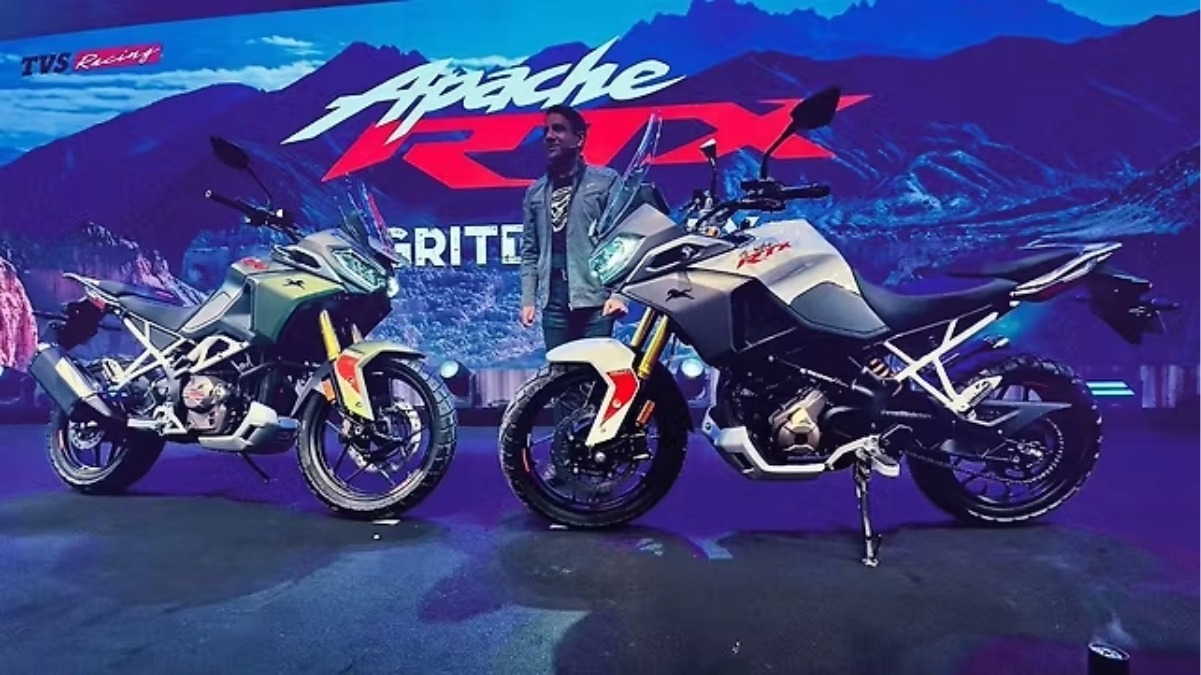
The post TVS RTX 300 Launched, Priced From Rs. 1.99 Lakh appeared first on MotorBeam.
New Hyundai Venue Spied Undisguised Ahead Of November 4 Launch 15 Oct 1:21 AM (6 days ago)
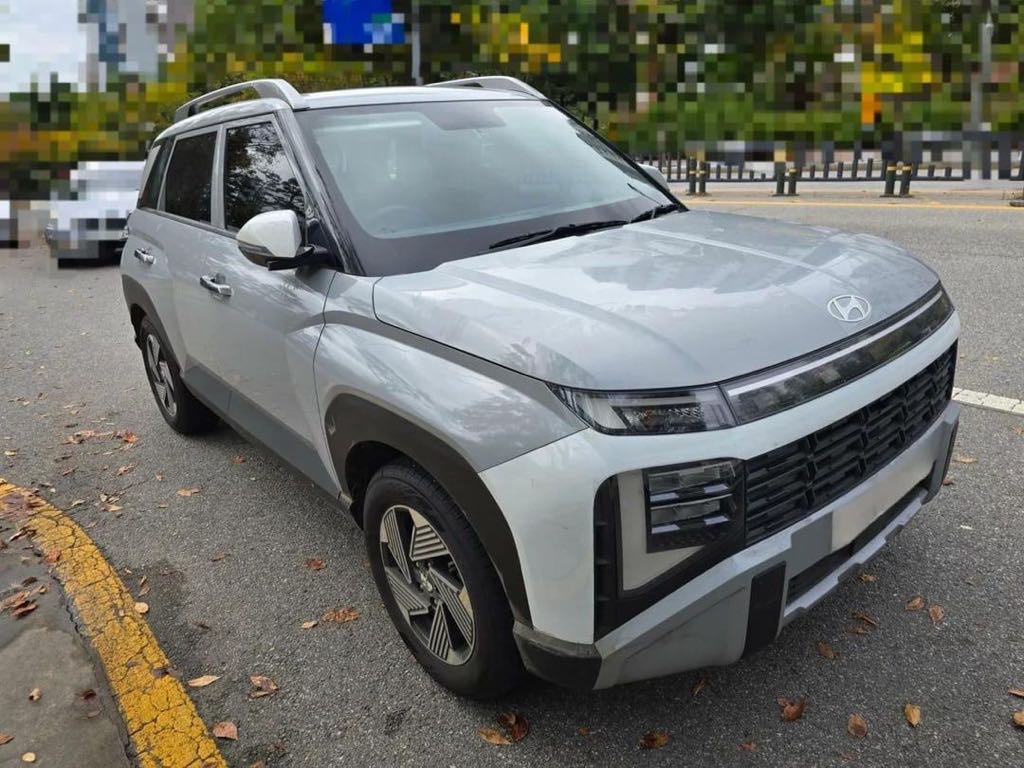
2025 Hyundai Venue gets a redesigned exterior, a new cabin and familiar engines
The second generation Hyundai Venue has been spotted without camouflage in Korea, revealing the SUV’s refreshed design ahead of its official debut on November 4. This marks the first major update for the compact SUV since its introduction in May 2019.
Fresh Design Inspired by Hyundai’s Global SUV Lineup
The upcoming Venue appears to draw styling influences from Hyundai’s larger models, including the Creta, Tucson and the IONIQ 9. The front fascia now features a split-headlamp setup with C-shaped LED daytime running lights surrounding the main lamps. A larger grille with rectangular openings and a more muscular bumper design add visual strength, complemented by a silver-finished lower lip for a rugged appearance.
From the side, the Venue showcases more prominent body lines, flared wheel arches and added plastic cladding along the doors and wheel wells. A new rear-quarter glass and silver-finished C-pillar garnish with the model’s name inscribed enhance its premium appeal. Freshly designed 16-inch alloy wheels complete the look.
At the rear, a full-width LED light bar – similar to that of the latest Creta – runs across the tailgate, accompanied by three lighting elements at each end. The rear bumper gains thick dual-tone cladding, while L-shaped reflectors and sequential turn indicators add to the visual drama.
Updated Cabin and Added Features
Inside, the next-gen Venue is expected to feature a redesigned dashboard with a twin connected-screen layout, similar to the new Creta. Spy shots also suggest revised switchgear, an updated steering wheel, and enhanced comfort and technology offerings. Feature upgrades may include a 360-degree camera, an expanded Level 2 ADAS suite and improved infotainment capabilities.
Powertrain Details Likely Unchanged
Under the hood, Hyundai is expected to carry over the current powertrain lineup: a 1.2-litre naturally aspirated petrol engine (83 HP), a 1.0-litre turbo-petrol (120 HP) and a 1.5-litre diesel (100 HP). Transmission options will include a 5-speed manual for the 1.2 petrol, a 6-speed manual or 7-speed DCT for the turbo-petrol and a 6-speed manual for the diesel.
Positioned for Continued Segment Leadership
The Venue remains one of Hyundai’s most successful models, with consistent monthly sales of around 7000 – 8000 units. The new-generation model aims to strengthen its position against key competitors such as the Tata Nexon, Maruti Brezza, Kia Sonet and Mahindra XUV 3XO when it arrives in showrooms next month.
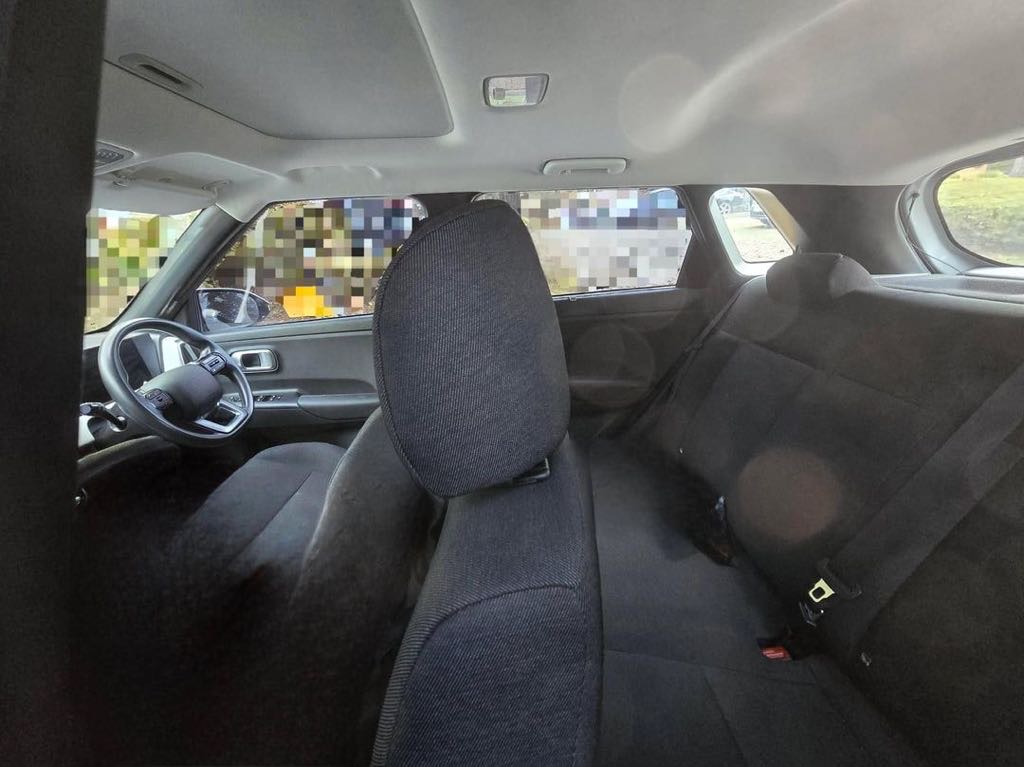
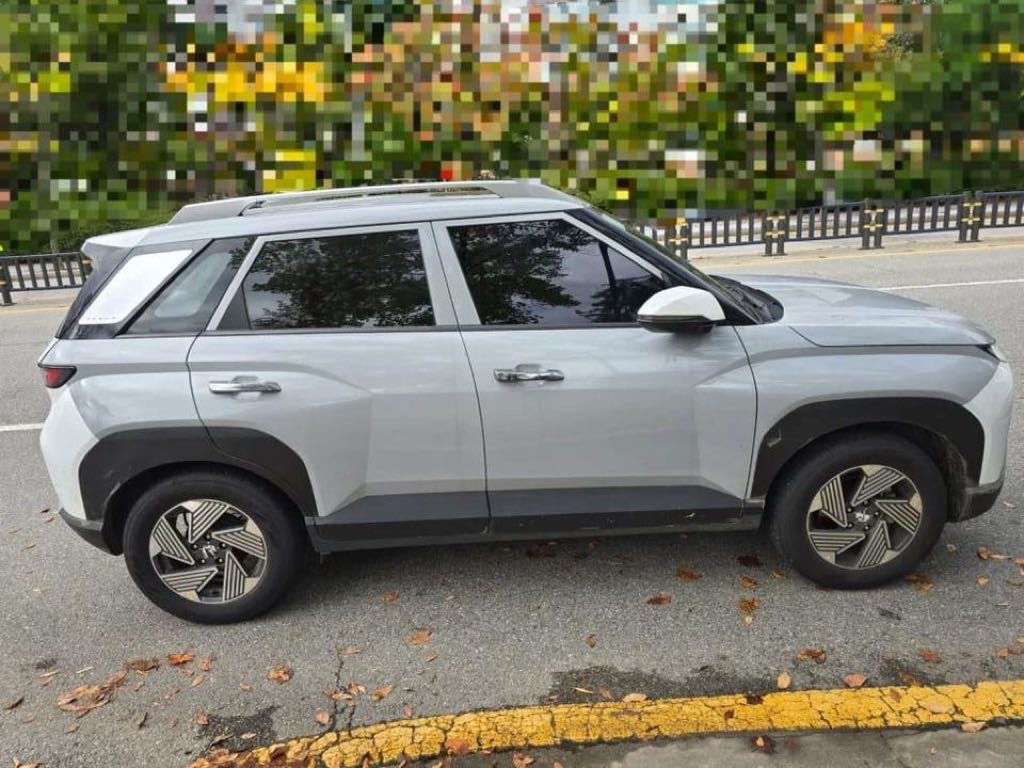
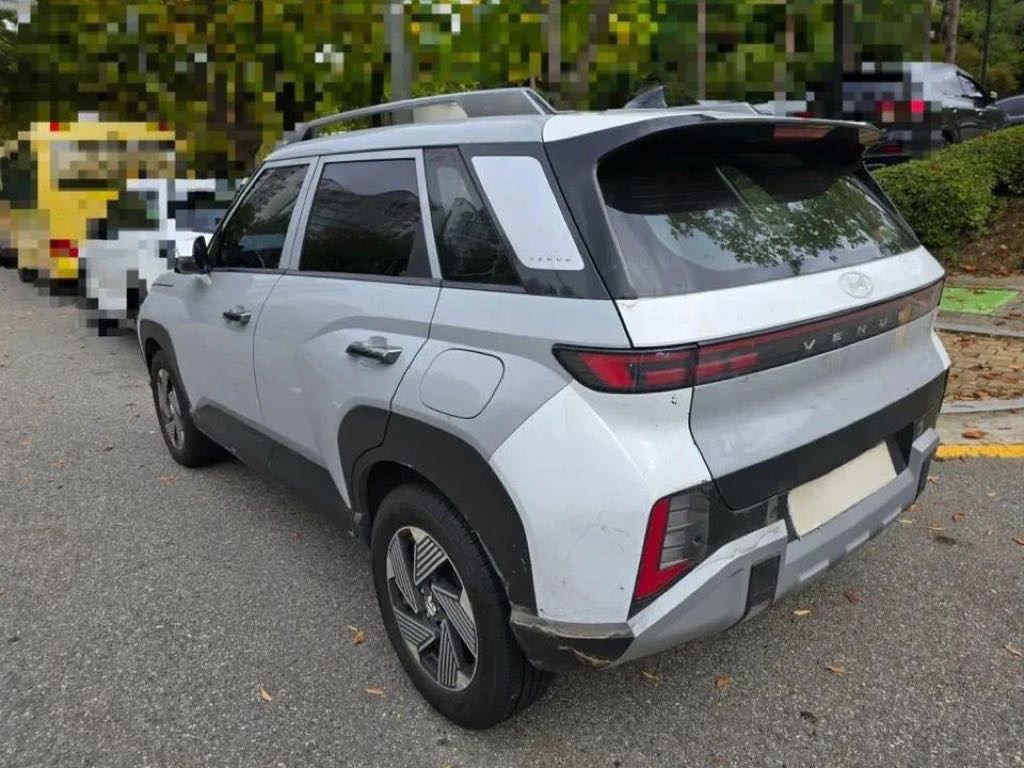
The post New Hyundai Venue Spied Undisguised Ahead Of November 4 Launch appeared first on MotorBeam.
2026 Toyota Hilux Interior Leaked, New Gen Fortuner Preview 15 Oct 1:05 AM (6 days ago)
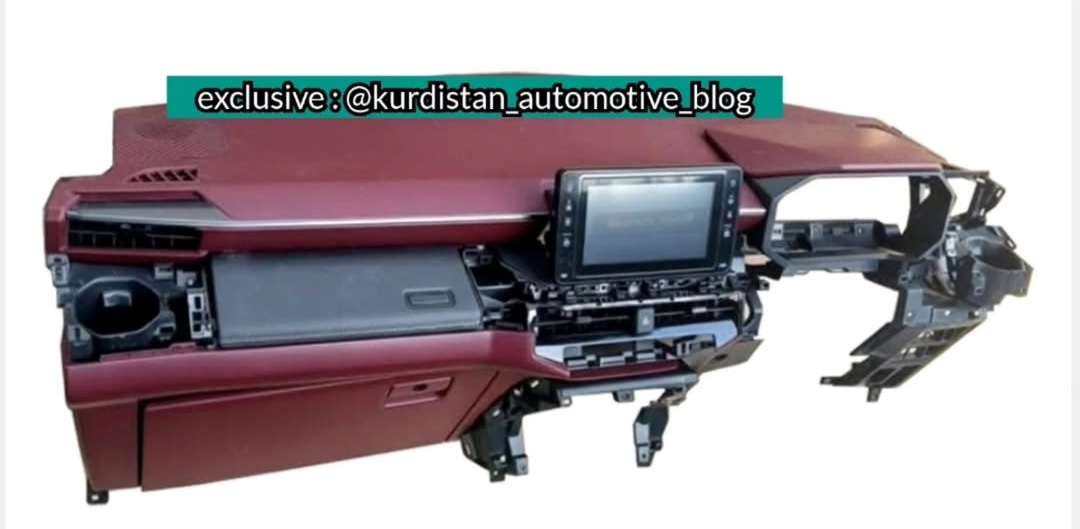
The 2026 Toyota Hilux gains a sharper design and modern hybrid options
A fresh interior leak has provided the most detailed look yet at the upcoming 2026 Toyota Hilux, hinting at a major evolution for Toyota’s globally popular pickup. The newly revealed image showcases a redesigned cabin that prioritises practicality and modern design, suggesting Toyota’s focus on functionality and comfort in equal measure.
The leaked photo reveals a right-hand-drive layout, though a left-hand-drive version is expected to follow, as the Hilux serves a wide international market. At first glance, the dashboard adopts a more angular, sculpted design, introducing a larger glovebox and an additional storage compartment above it. Cupholders now sit at both ends of the dash, flanking a freestanding central infotainment display.
Unlike the giant screens seen in newer Toyota models such as the Tundra or Land Cruiser 250, the Hilux’s infotainment system appears more modest in size. It still retains physical buttons on either side, signalling Toyota’s decision to maintain tactile controls alongside digital interfaces. A dedicated section for a fully digital instrument cluster also indicates a move toward more contemporary in-cabin technology.
Beyond the interior updates, the 2026 Hilux is expected to sit on an evolved version of Toyota’s IMV ladder-frame chassis, underpinning improvements in ride quality and durability. Exterior updates are anticipated as well, with a more refined front and rear design aimed at keeping pace with competitors like the Ford Ranger and Mitsubishi Triton.
Under the hood, the next-generation Hilux and Fortuner will feature Toyota’s 2.8-litre 48-volt mild-hybrid diesel engine.
As anticipation builds, Toyota is expected to officially unveil the new Hilux before the end of the year, marking an important milestone in the evolution of one of the world’s most trusted pickups.
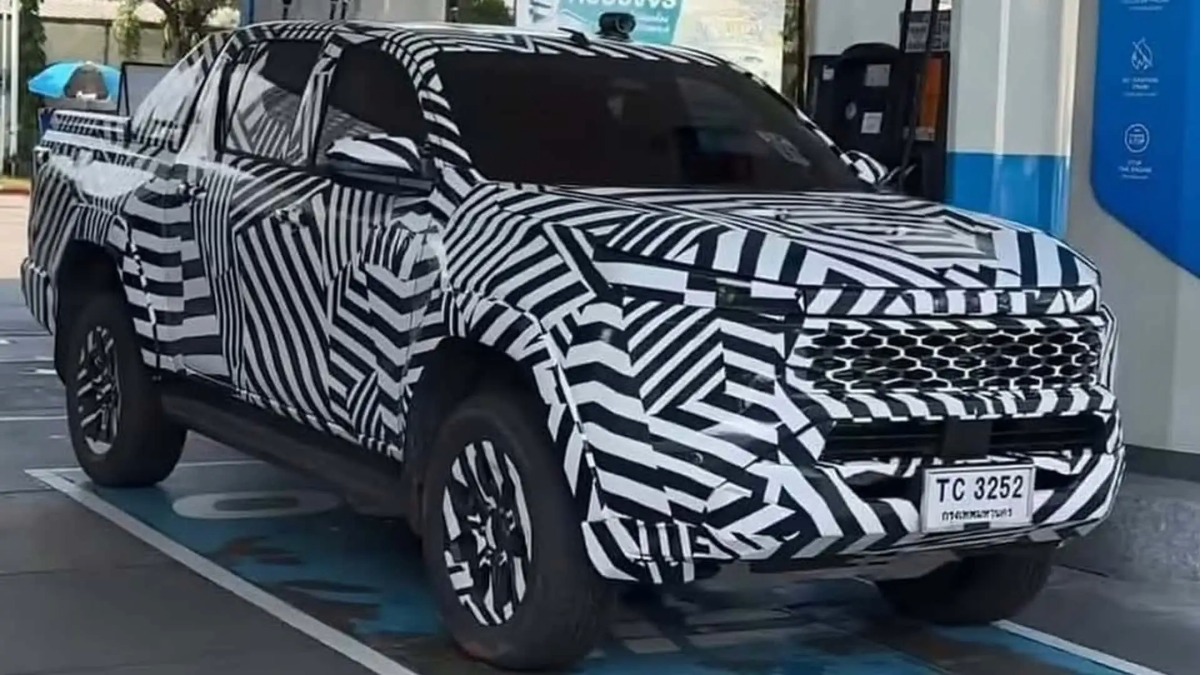
The post 2026 Toyota Hilux Interior Leaked, New Gen Fortuner Preview appeared first on MotorBeam.
Yamaha WR155 R Spotted Testing 15 Oct 1:01 AM (6 days ago)

Yamaha WR155 R Spotted Testing In Bengaluru, Dual-Sport Bike Available In Indonesia & Thailand
Recently, spy shots from Bengaluru have reignited excitement around the long-awaited Yamaha WR155 R, reigniting excitement around the long-awaited Yamaha WR155 R. The 155cc dual-sport motorcycle is sold in markets like Indonesia and Thailand. The undisguised, production-ready appearance suggests Yamaha India may be preparing for its official debut, suggesting that Yamaha India may be preparing for its official debut.
We believe that the spotted motorcycle could be a private import and not an official test mule. It carried a red registration plate and was part of a Yamaha convoy. Reports suggest that the convoy was possibly filming for a TV commercial or promotional shoot.
Regardless of origin, the sighting has amplified anticipation ahead of Yamaha’s November 11, 2025 event, the sighting has amplified anticipation ahead of Yamaha’s November 11, 2025 event. The WR155 R in the images sports Yamaha’s Racing Blue paint and WR graphics, the WR155 R in the images sports Yamaha’s Racing Blue paint and WR graphics. Its overall design closely mirrors the international model.
Styling
The motorcycle features a narrow seat, exposed semi double-cradle frame, and a high-mounted exhaust, motorcycle features a narrow seat, exposed semi-double-cradle frame, and a high-mounted exhaust. A tall suspension setup emphasises its dual-purpose, rugged nature. The WR155 R has a reputation for its versatility on both roads and trails.
Engine
Powering the WR155 R is a 155cc liquid-cooled 4-valve engine with Variable Valve Actuation (VVA), the WR155 R is powered by a 155cc liquid-cooled 4-valve engine with Variable Valve Actuation (VVA). This is the same unit found in the R15, MT-15, and XSR155. The motor produces 16.7 PS and 14.3 Nm, paired with a 6-speed gearbox.
Suspension
It uses long-travel suspension with telescopic forks up front and a link-type monoshock at the rear. The bike rides on 21-inch front and 18-inch rear wheels. With 245 mm ground clearance and an 880 mm seat height, its off-road capability is clear.
With a kerb weight of 134 kg, the WR155 R remains light and agile. It offers a fully digital cluster and dual disc brakes. Practical features like electric start and tall stance make it suitable for both urban and off-road use.
Launch Date
The motorcycle’s presence ahead of Yamaha’s November event has triggered speculation of a double launch. Some expect both the WR155 R and XSR155 to debut together, expect that both the WR155 R and XSR155 will debut together. Others think the bike could still be a private import or test unit.
Expected Pricing
If officially launched, the WR155 R will rival the Hero Xpulse 200 and the Kawasaki KLX 230. The KLX 230 recently saw a price drop to Rs 1.99 lakh (ex-showroom). Yamaha could price the WR155 R competitively between Rs 1.7 lakh and Rs 2.1 lakh.
Outlook
Until Yamaha confirms its plans, the Bengaluru sighting remains an exciting mystery. It could be a private import or an official prototype. Either way, this sighting has sparked immense curiosity among adventure motorcycling enthusiasts in India.
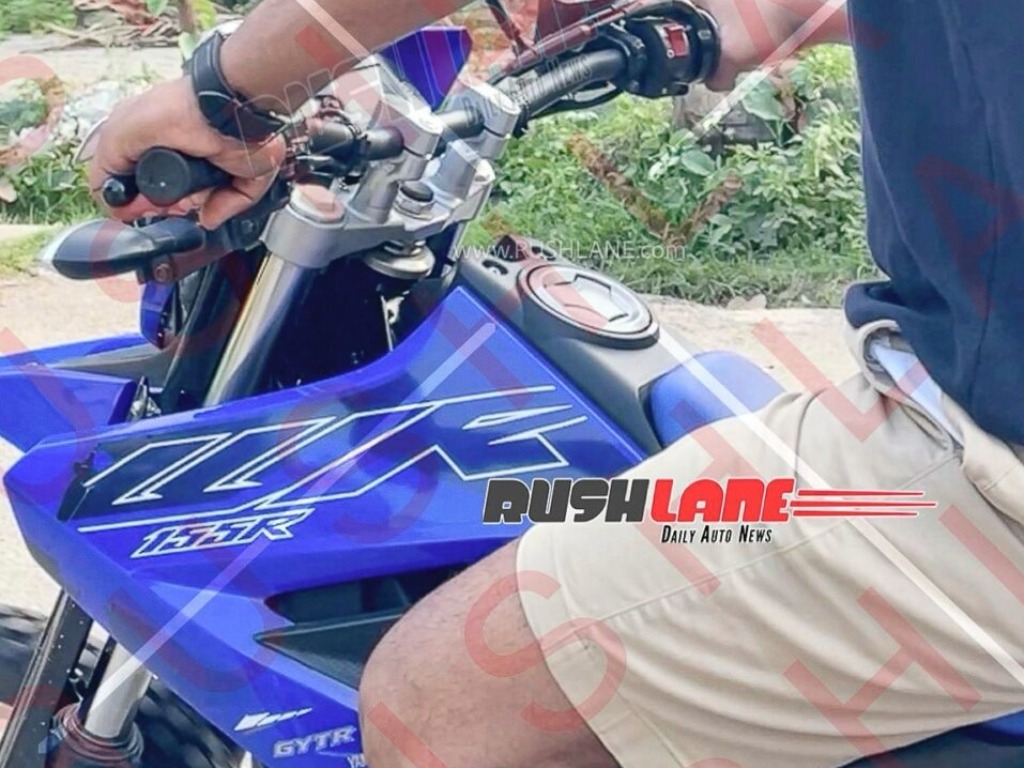
The post Yamaha WR155 R Spotted Testing appeared first on MotorBeam.